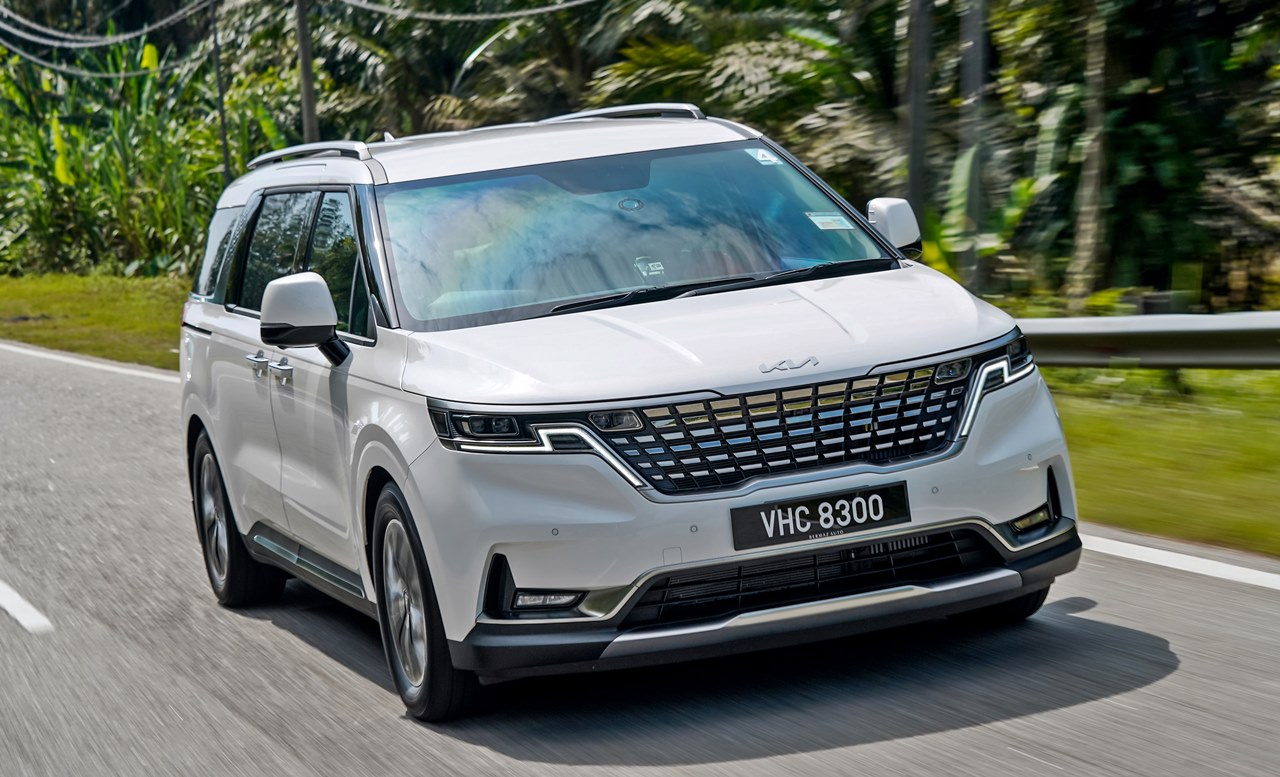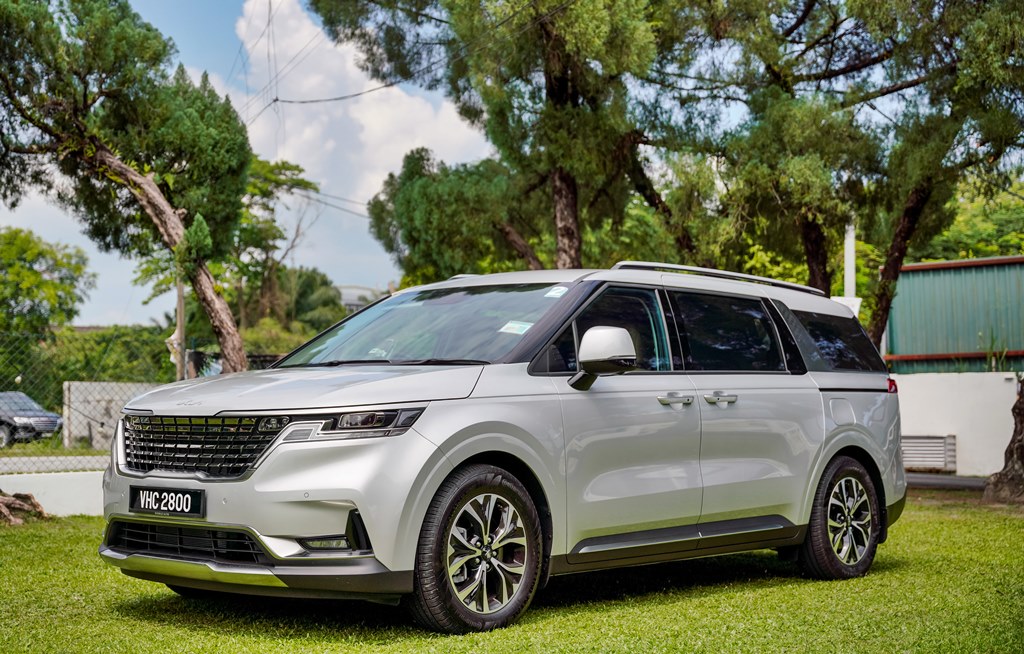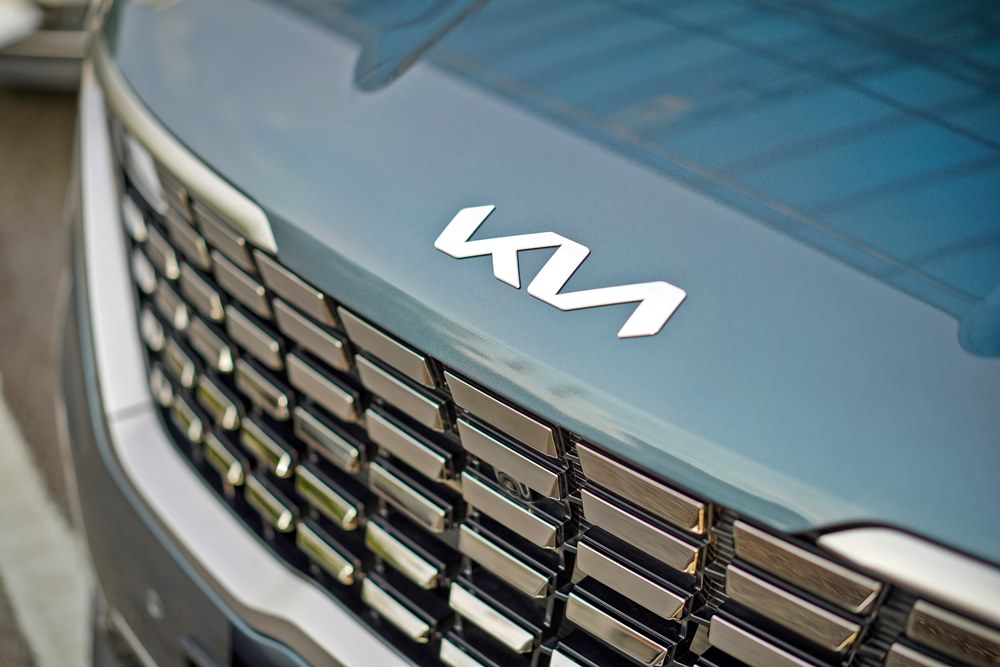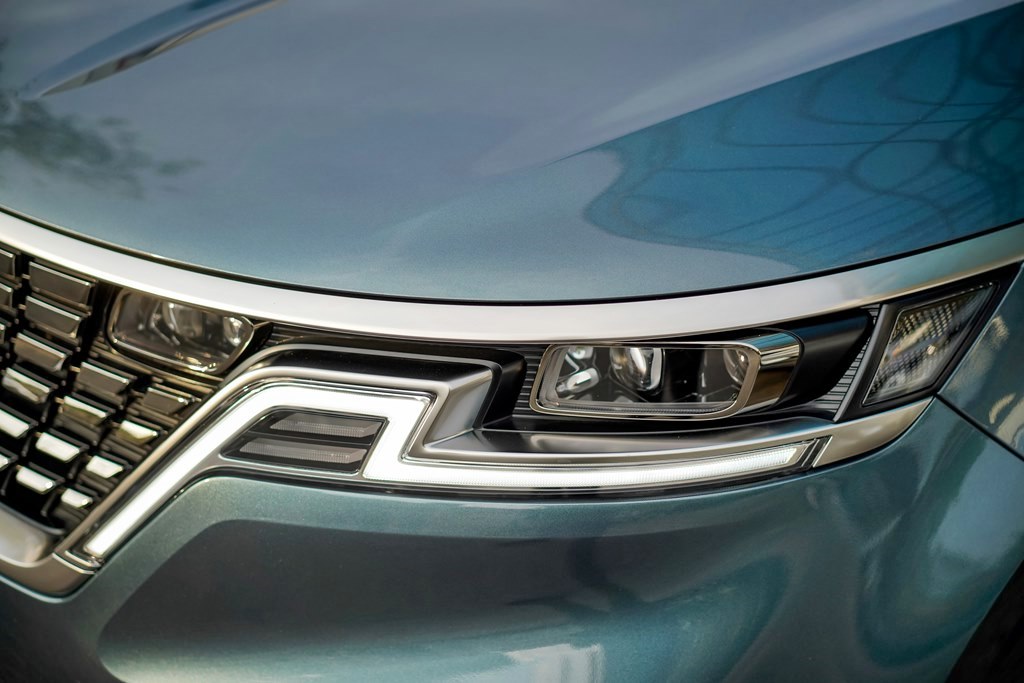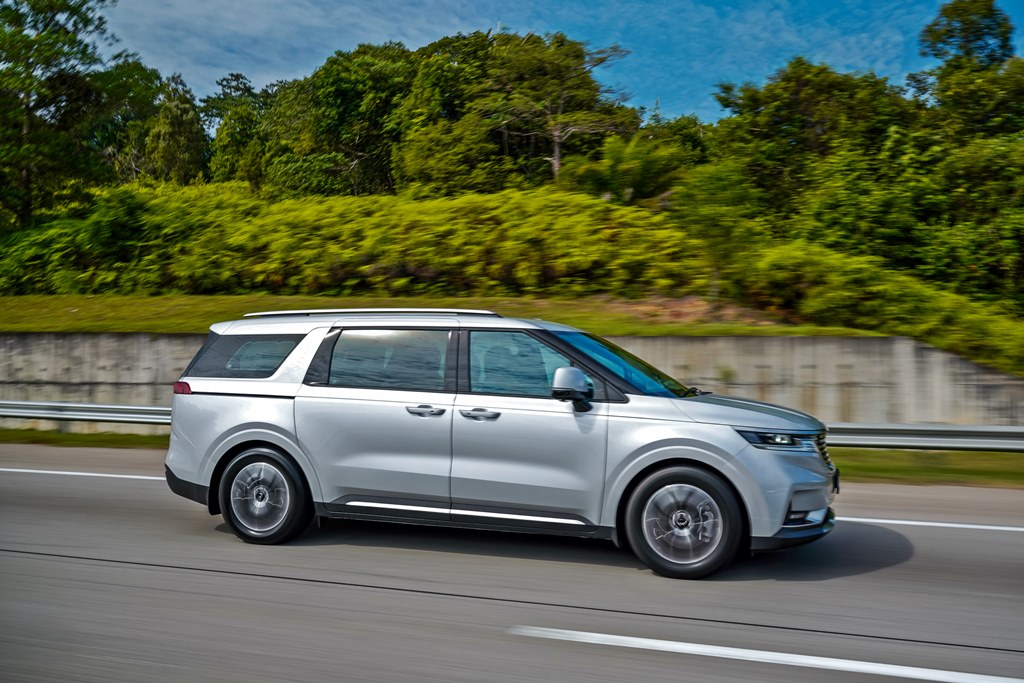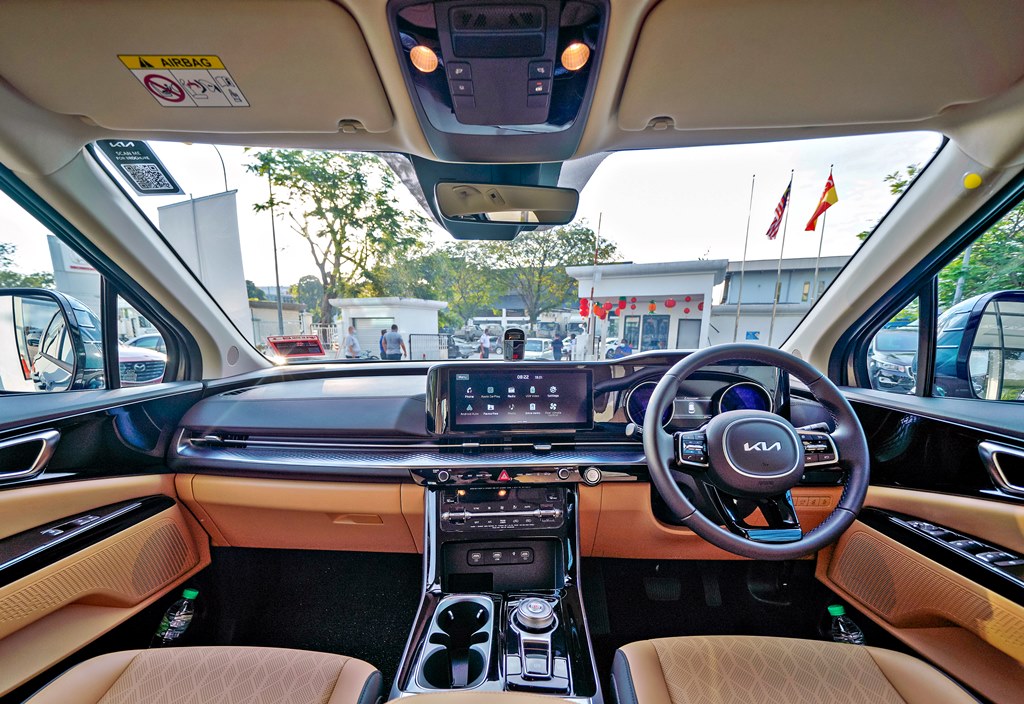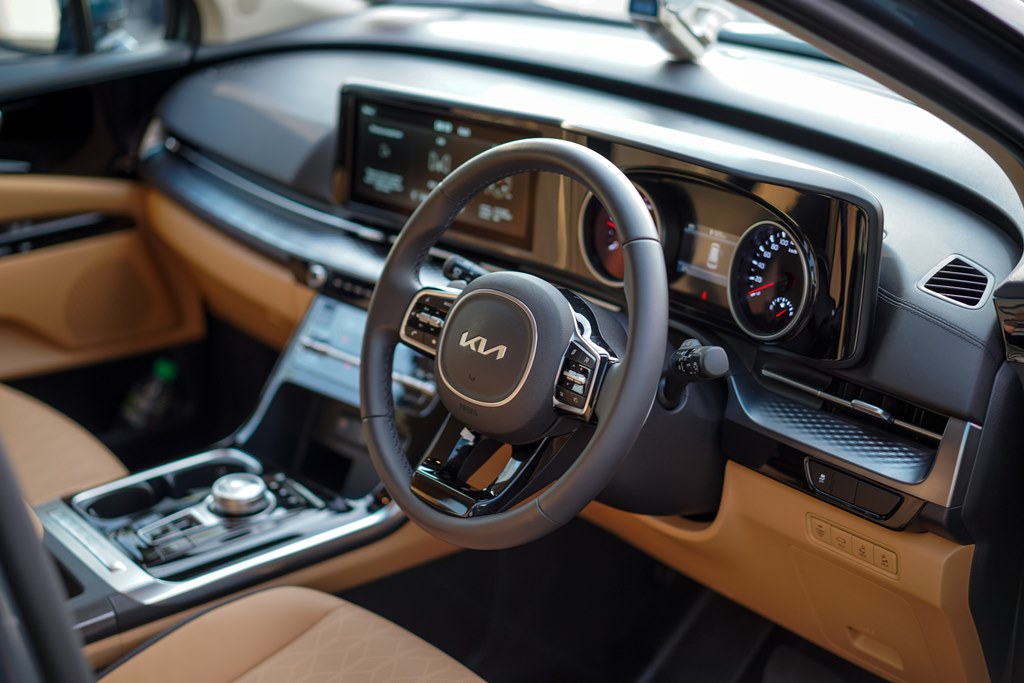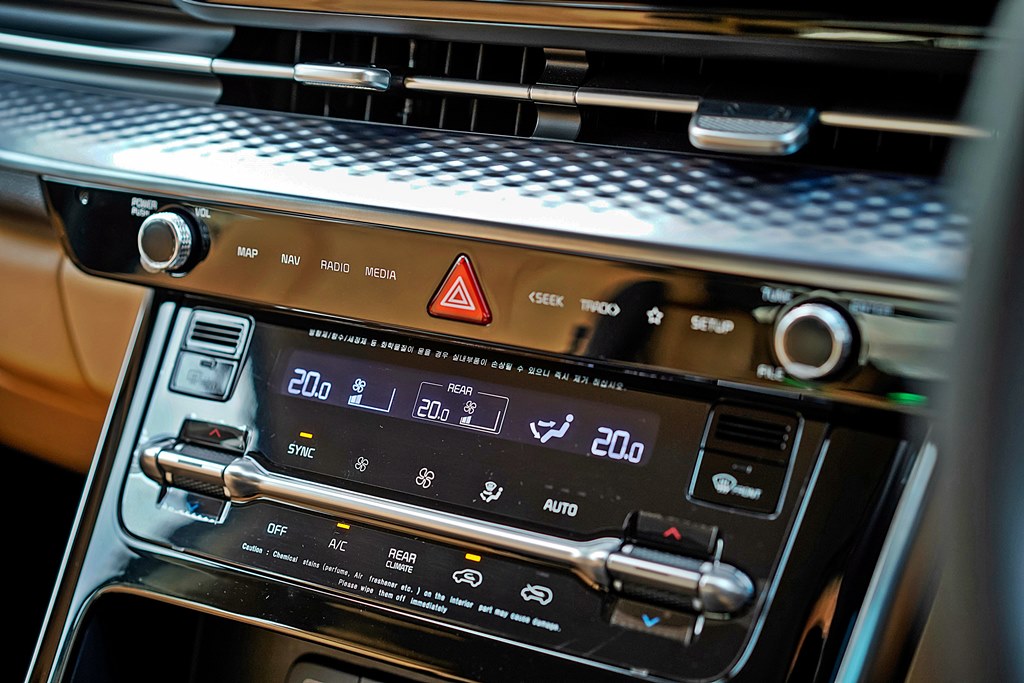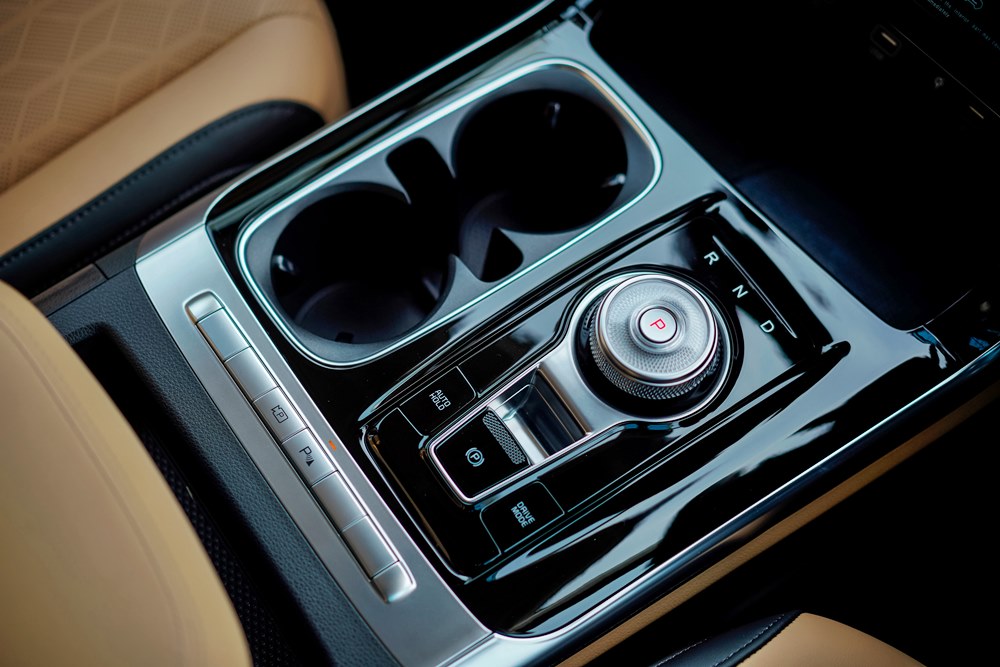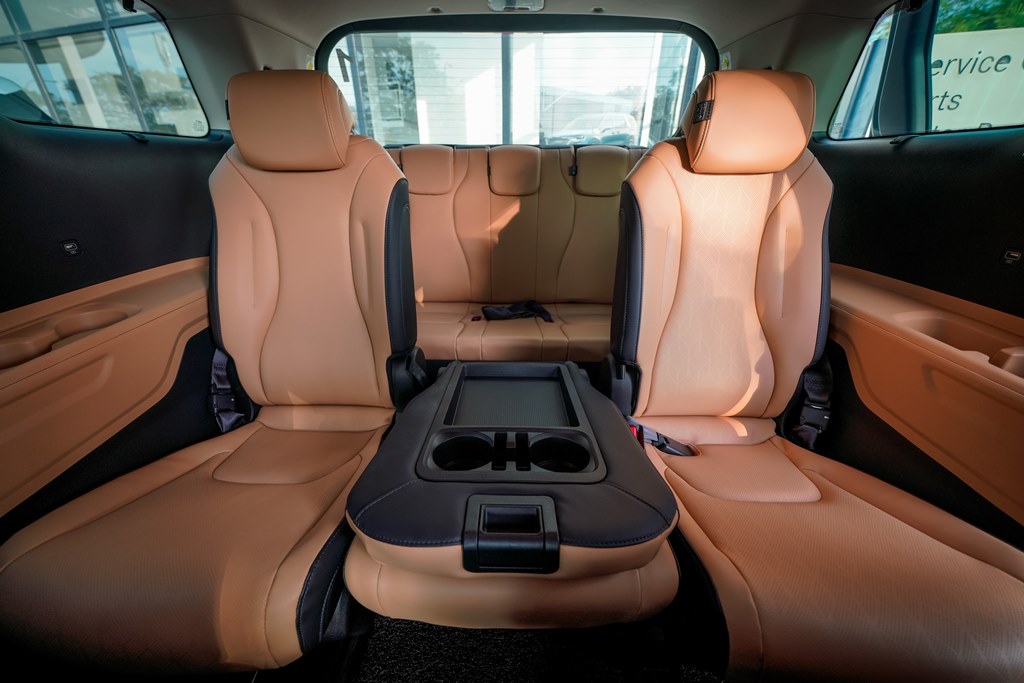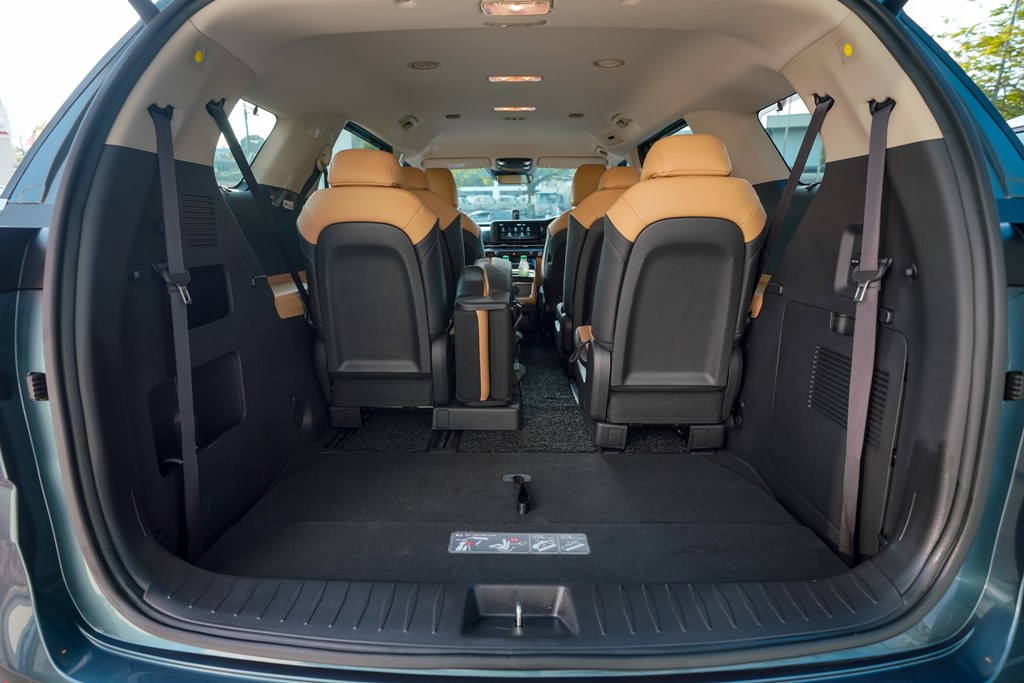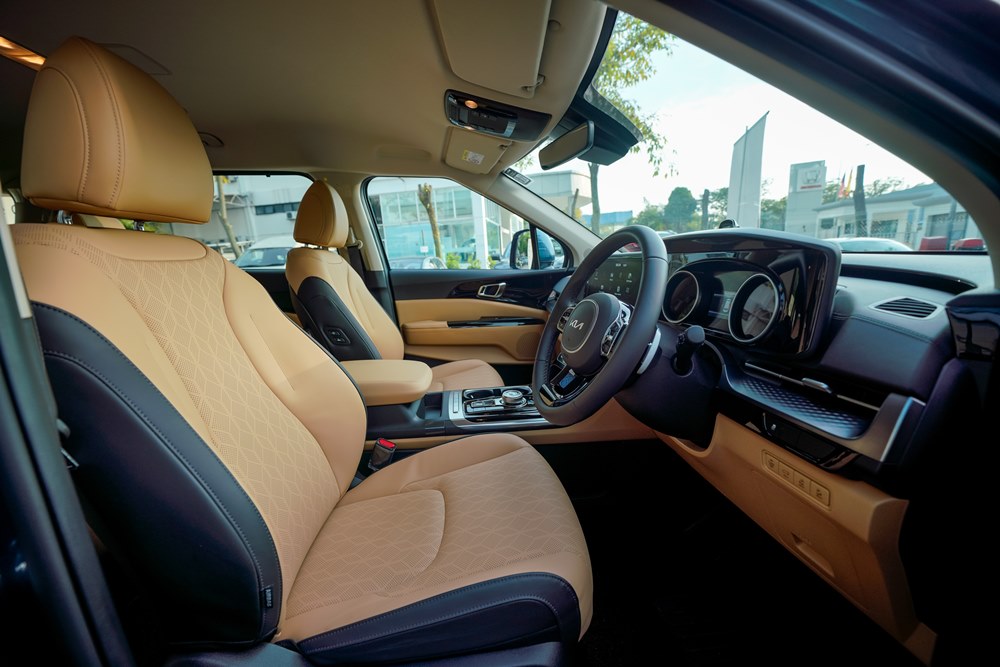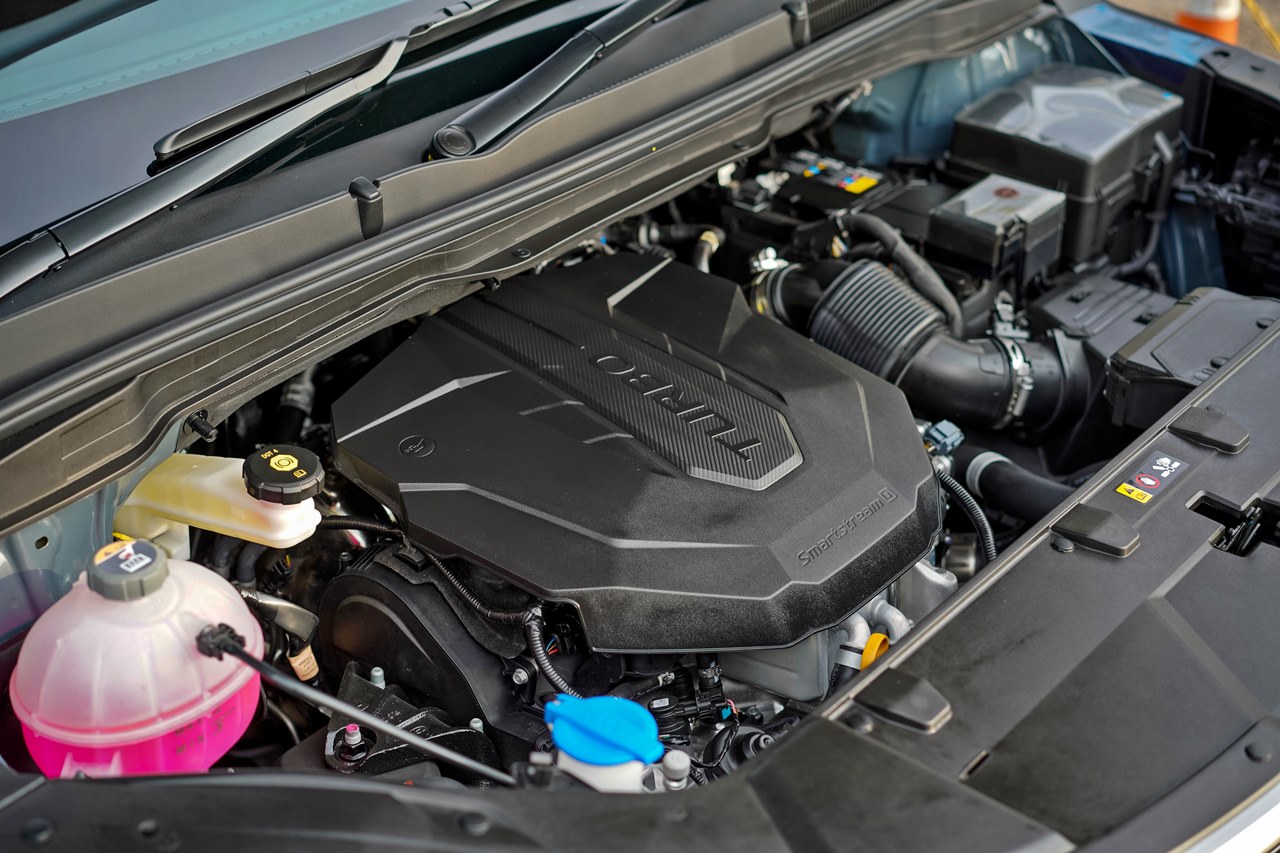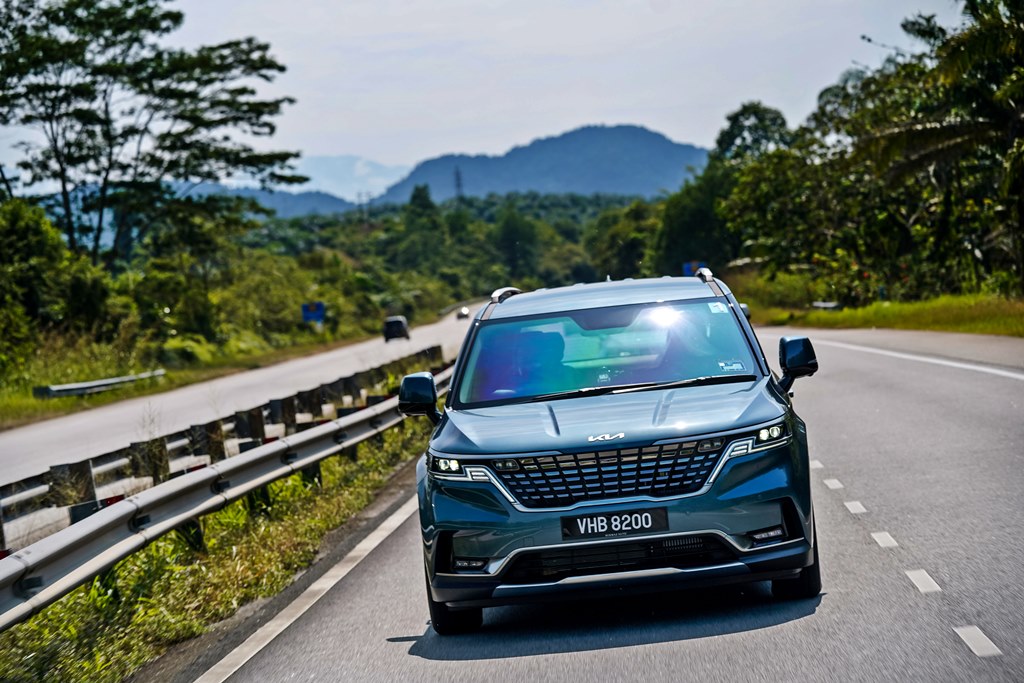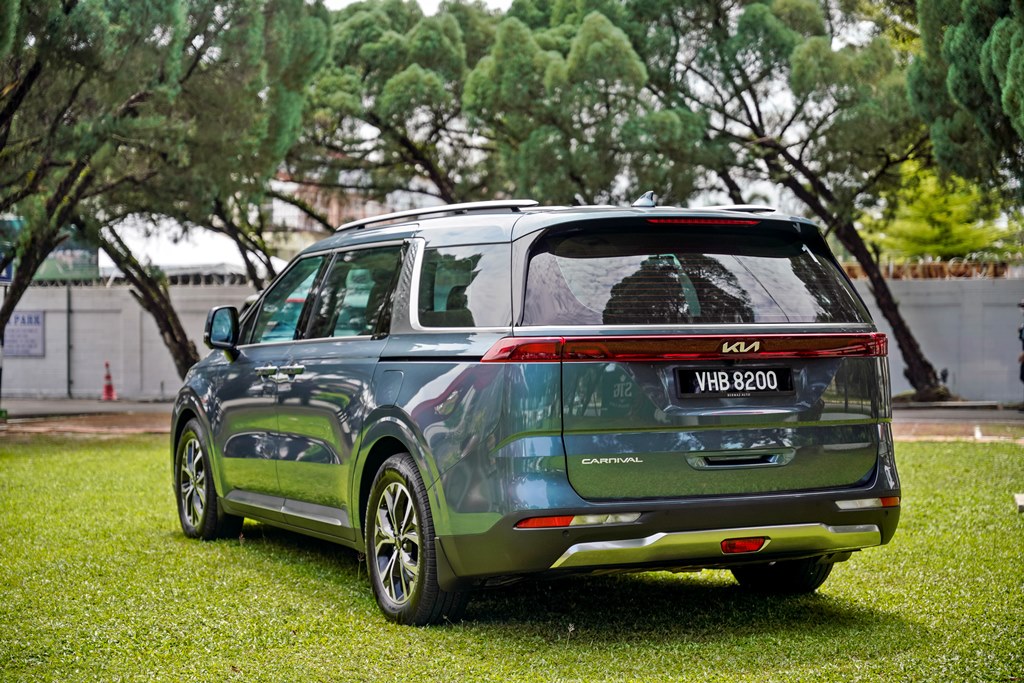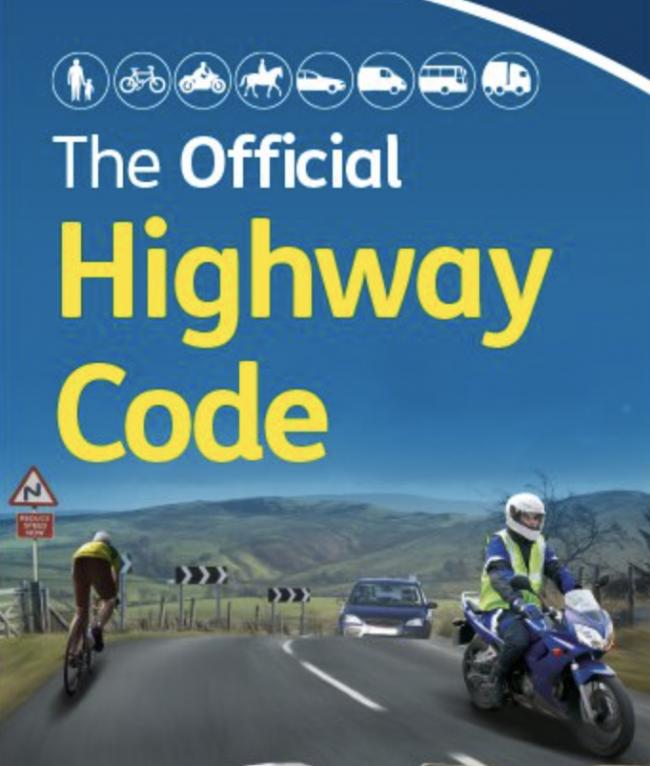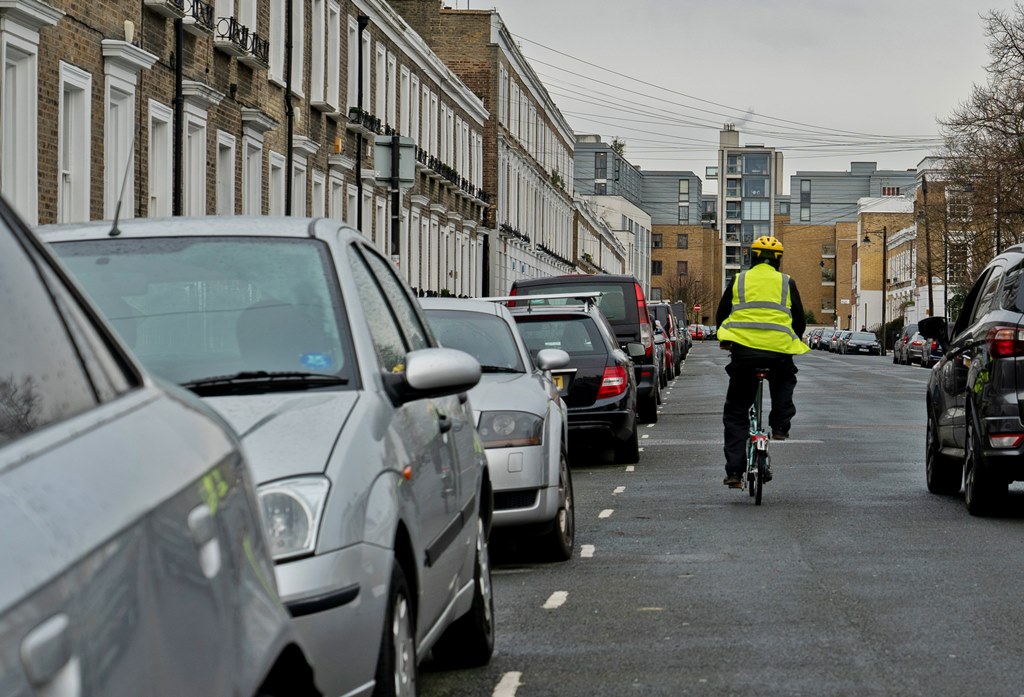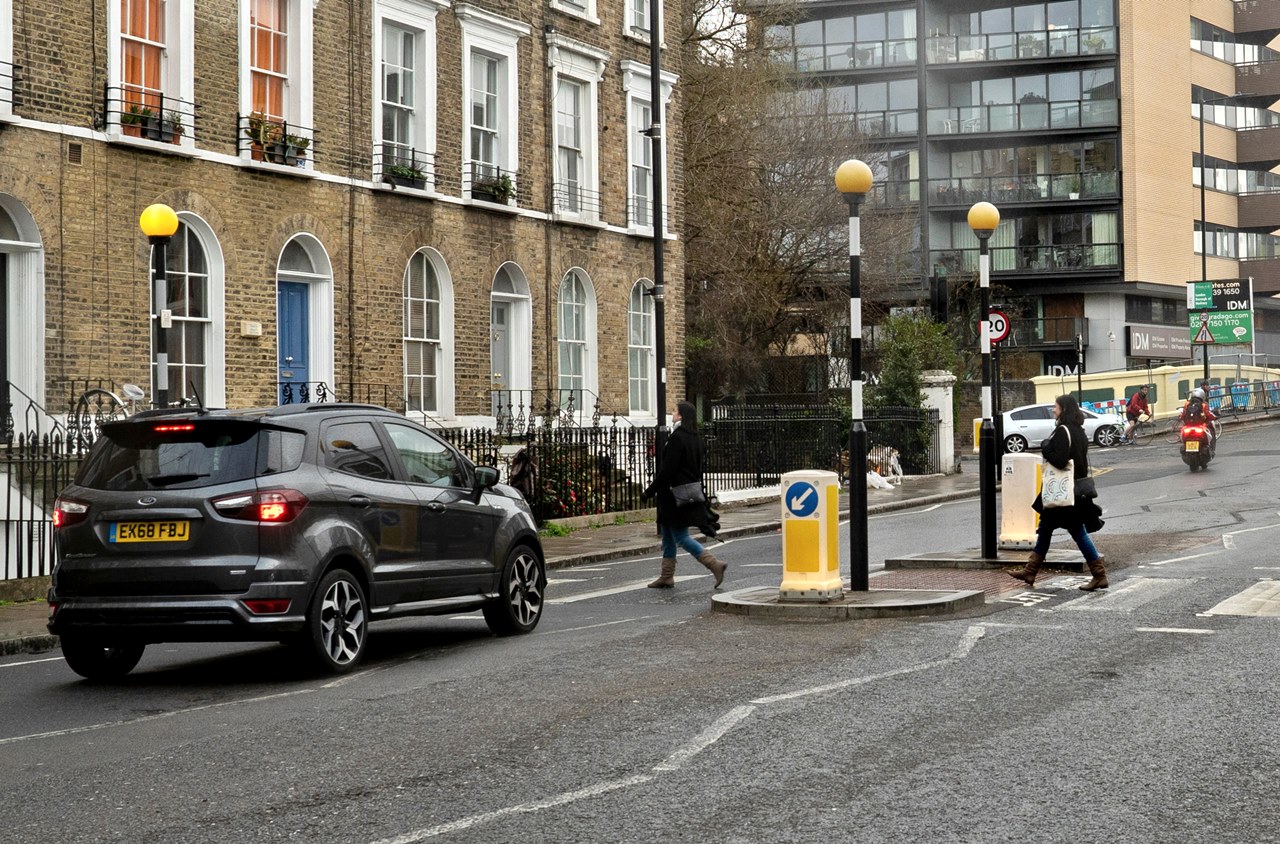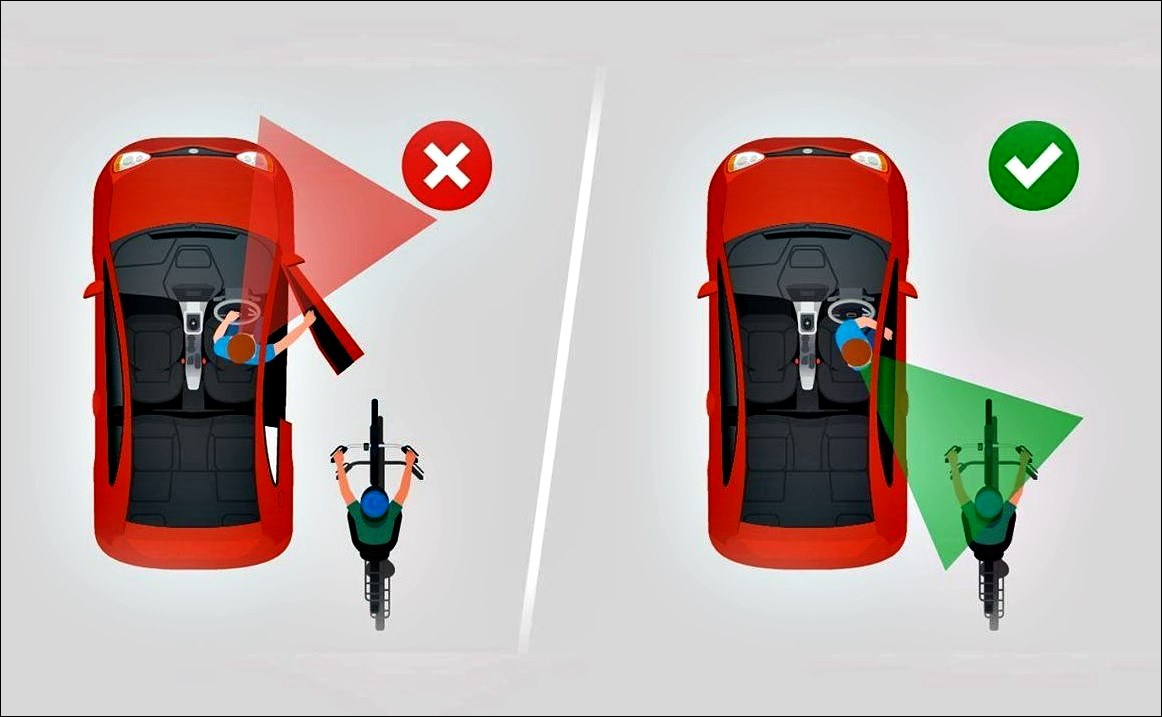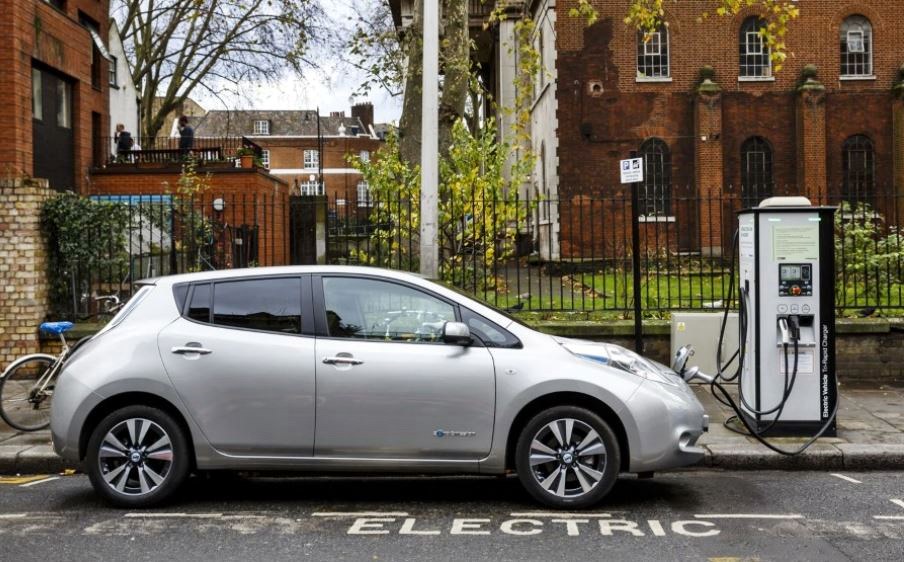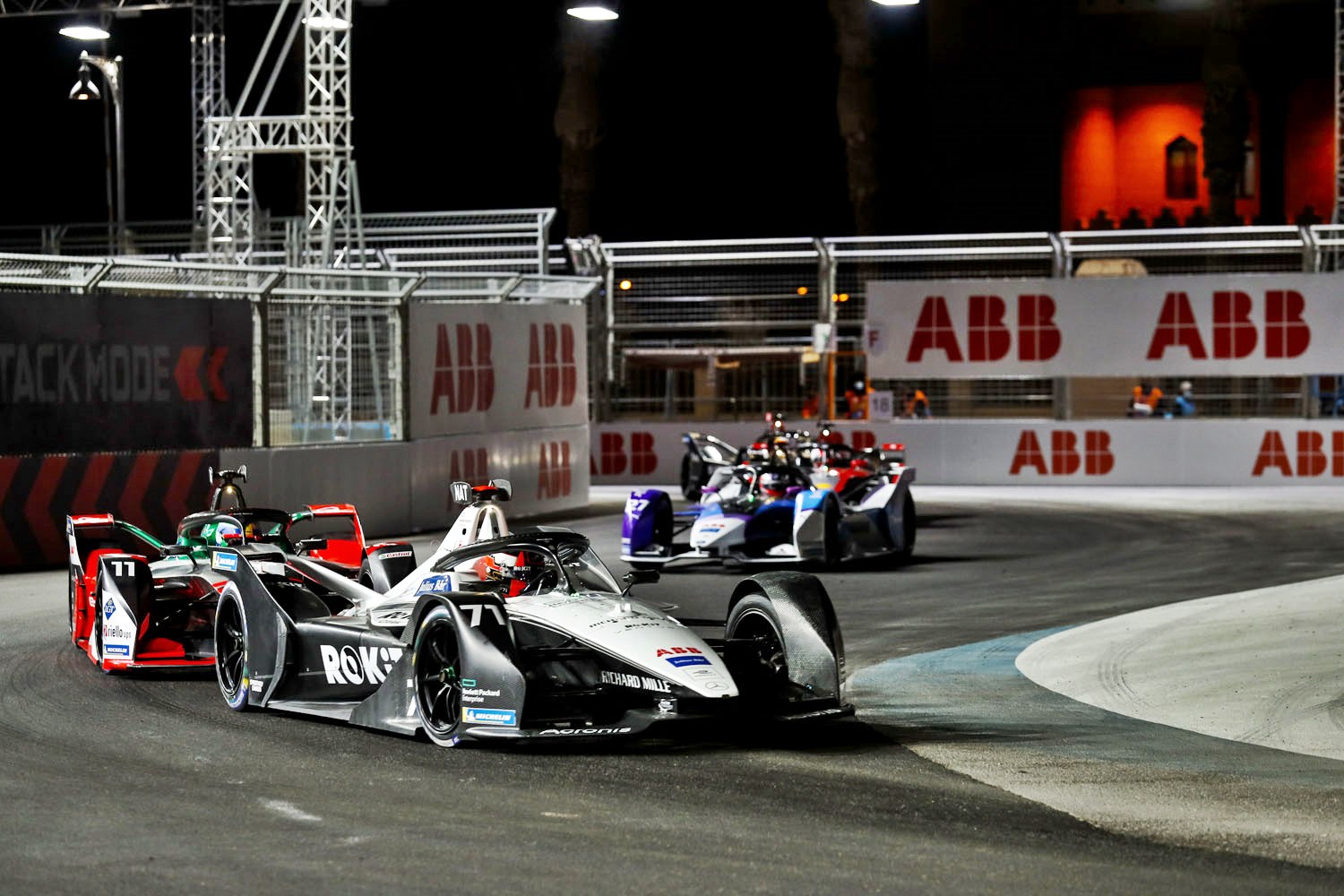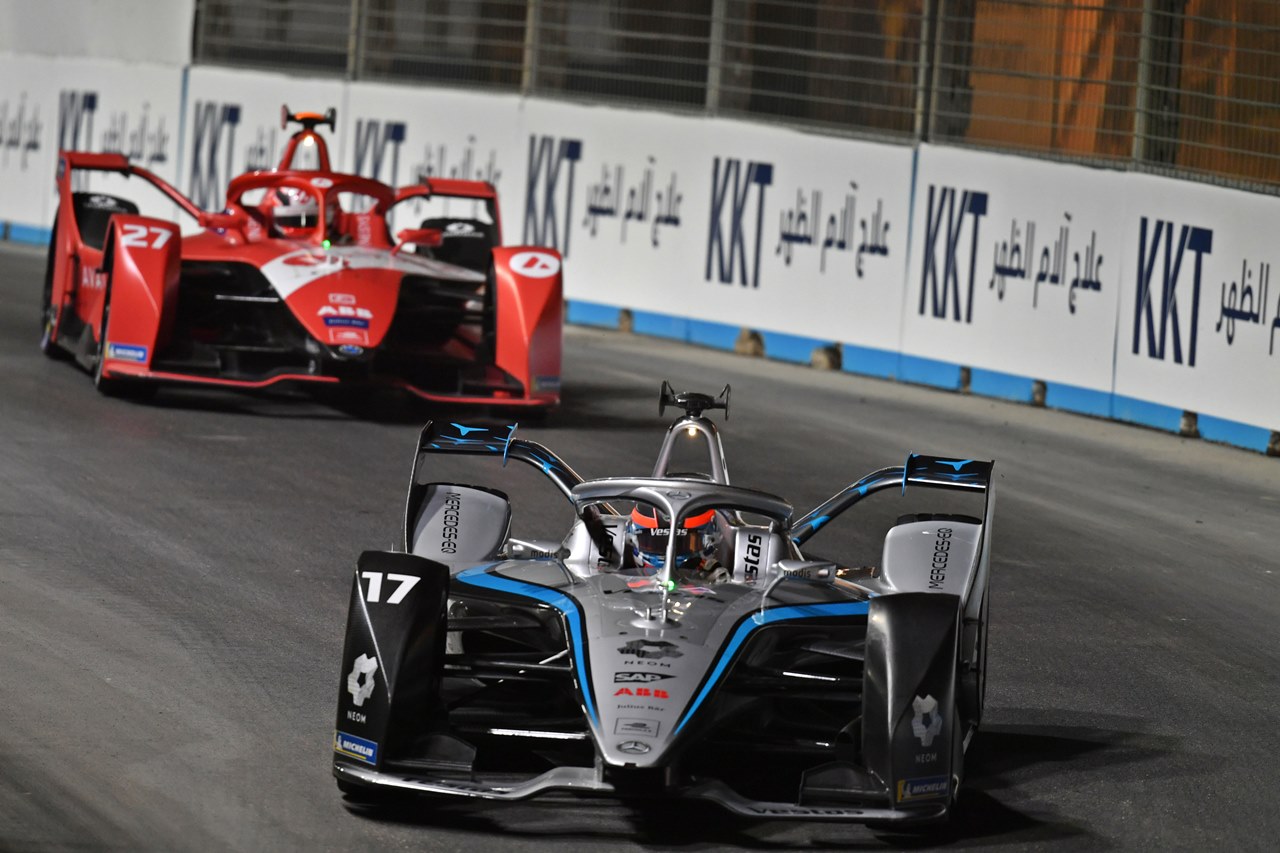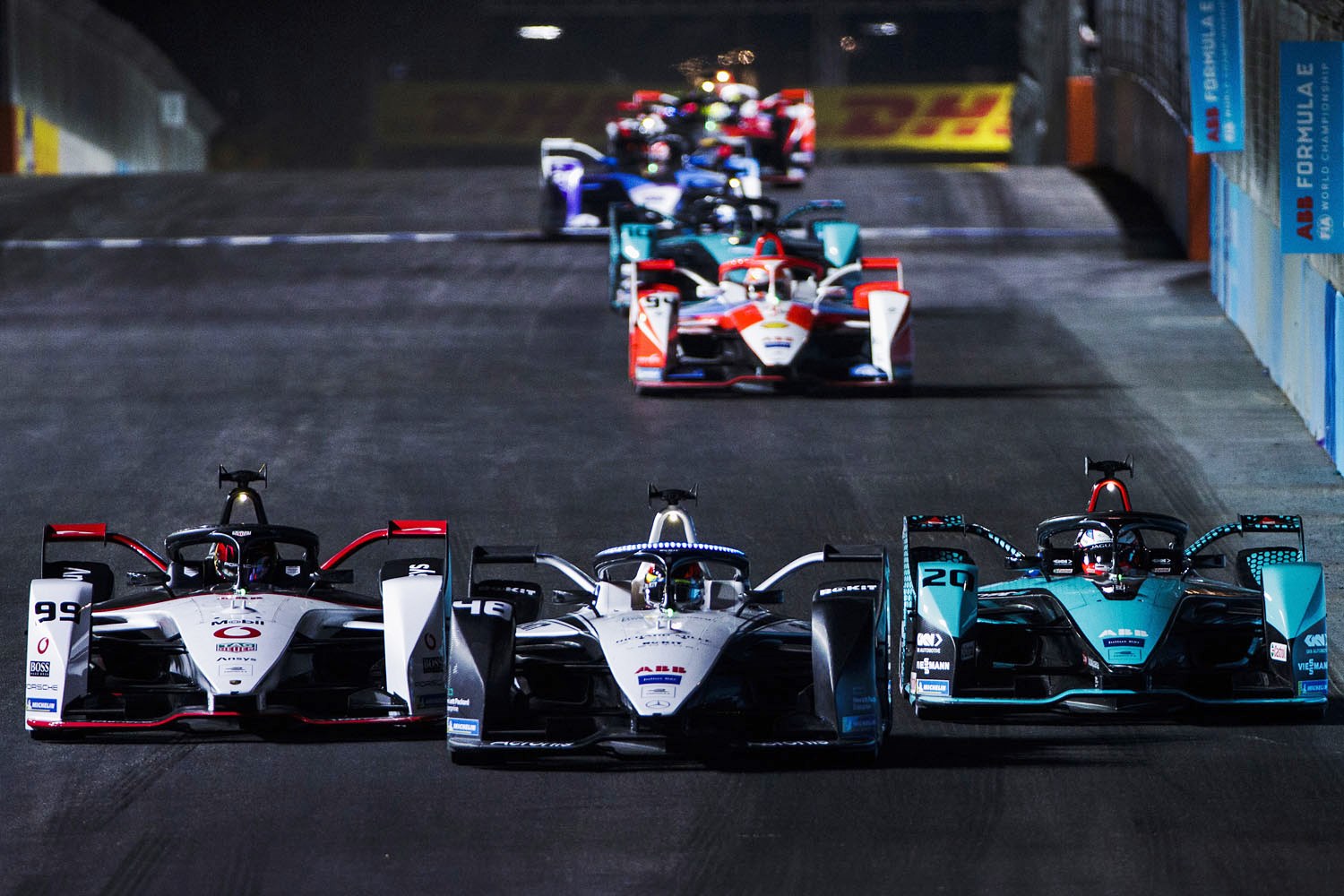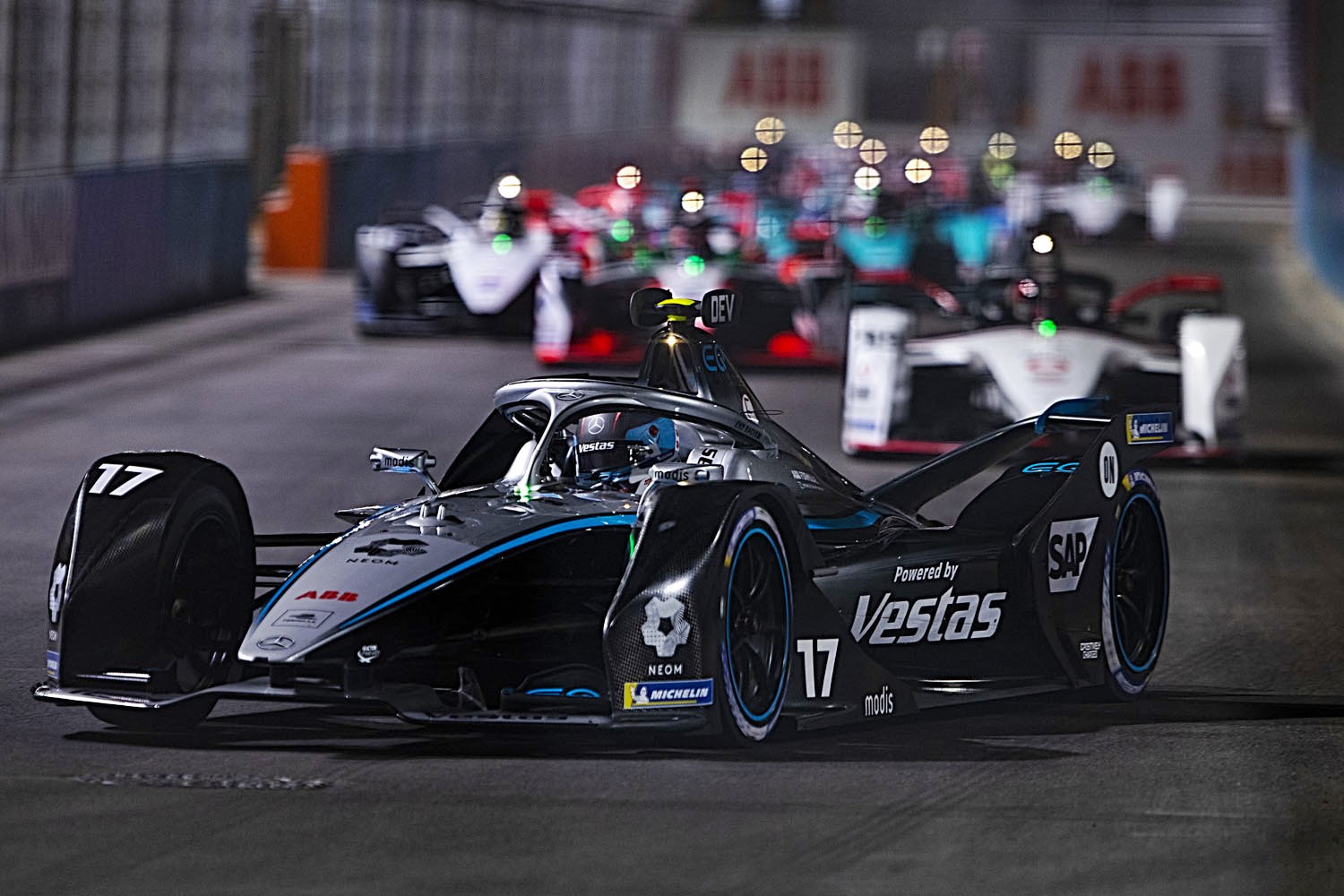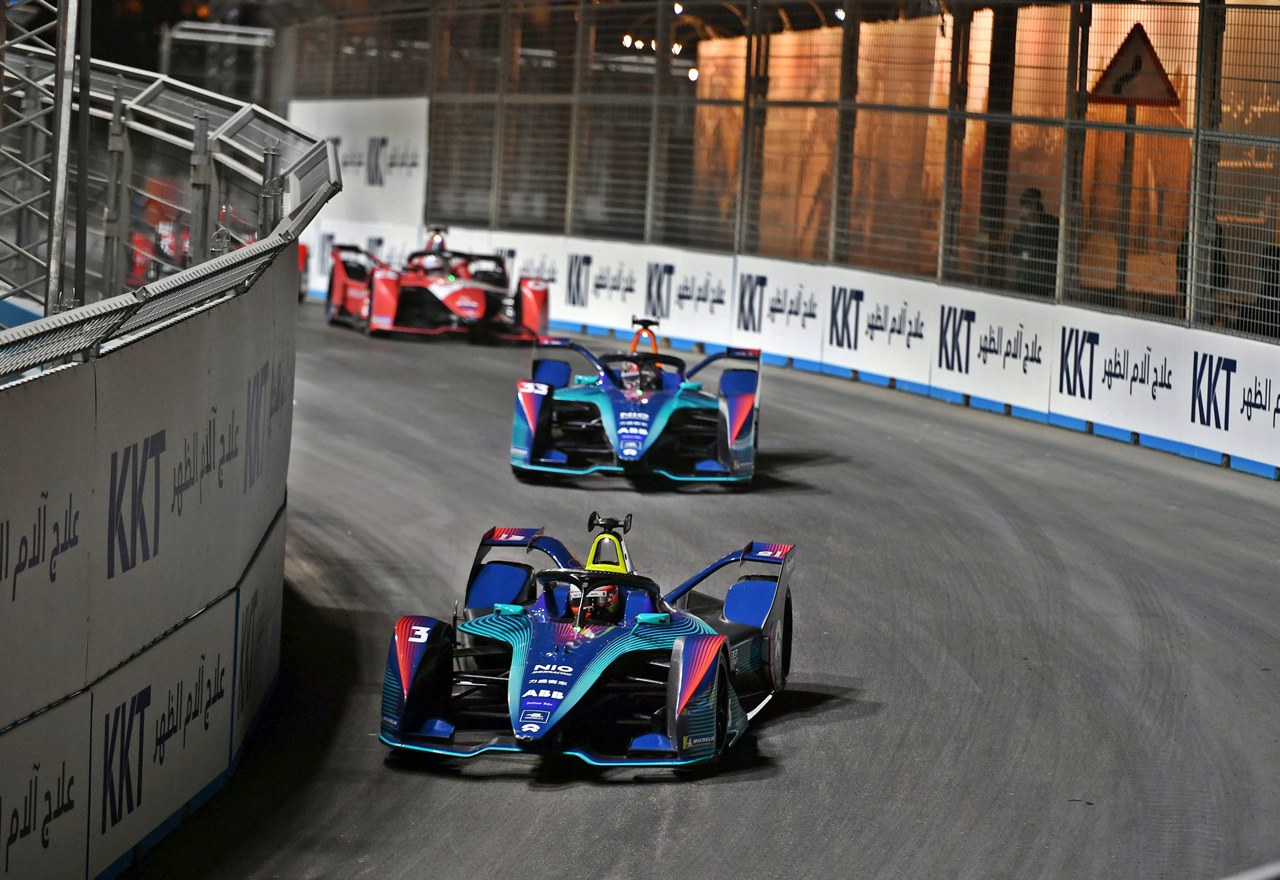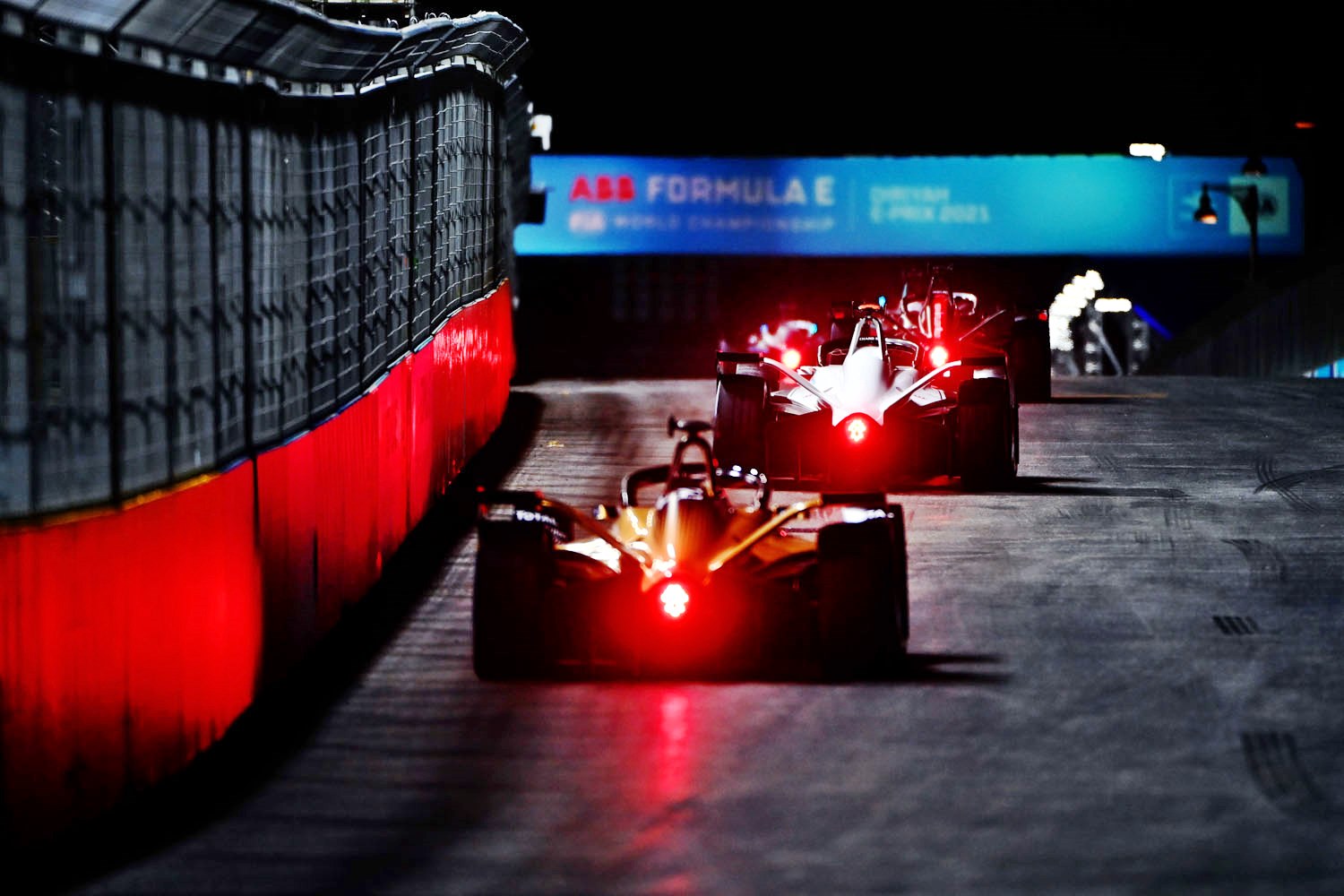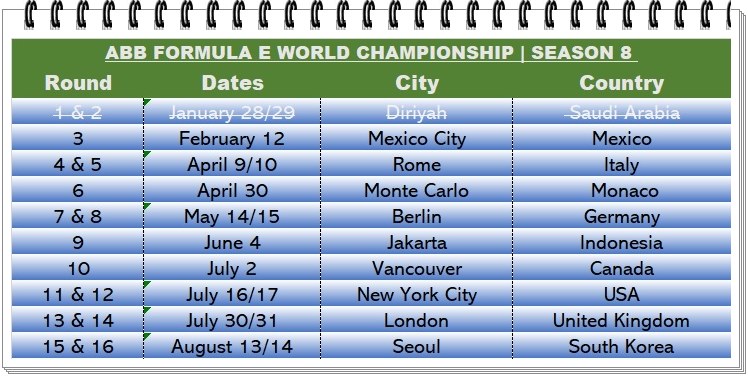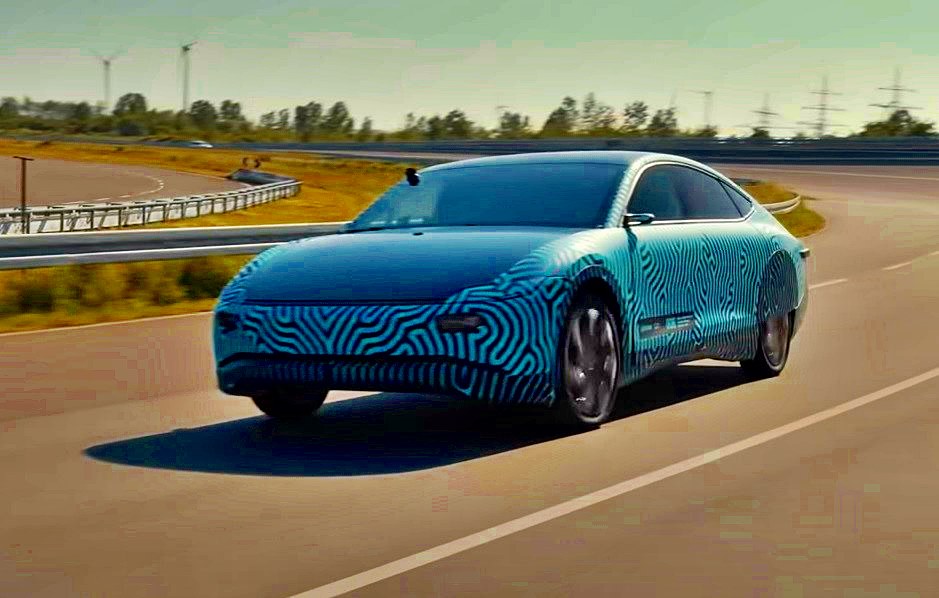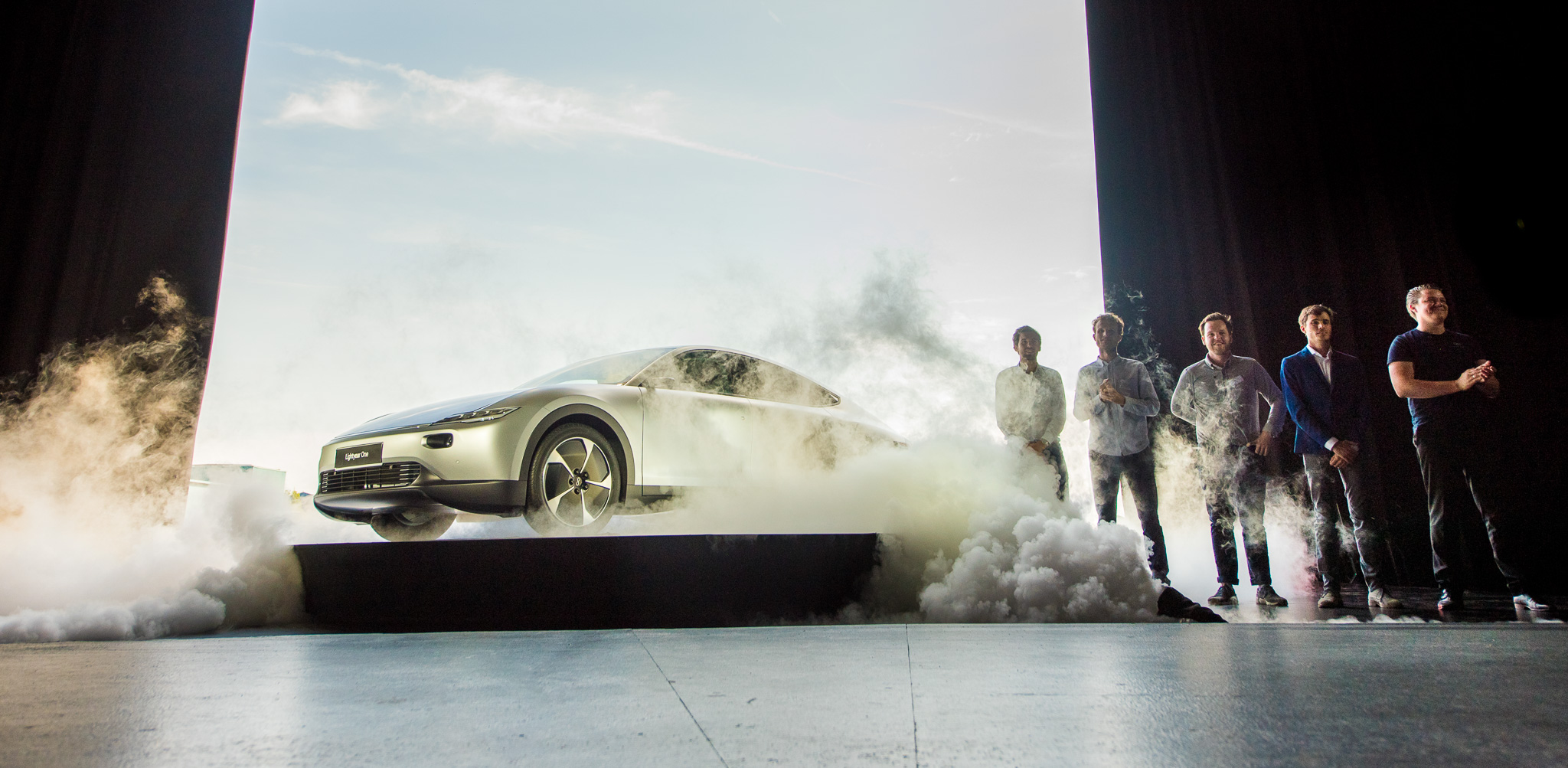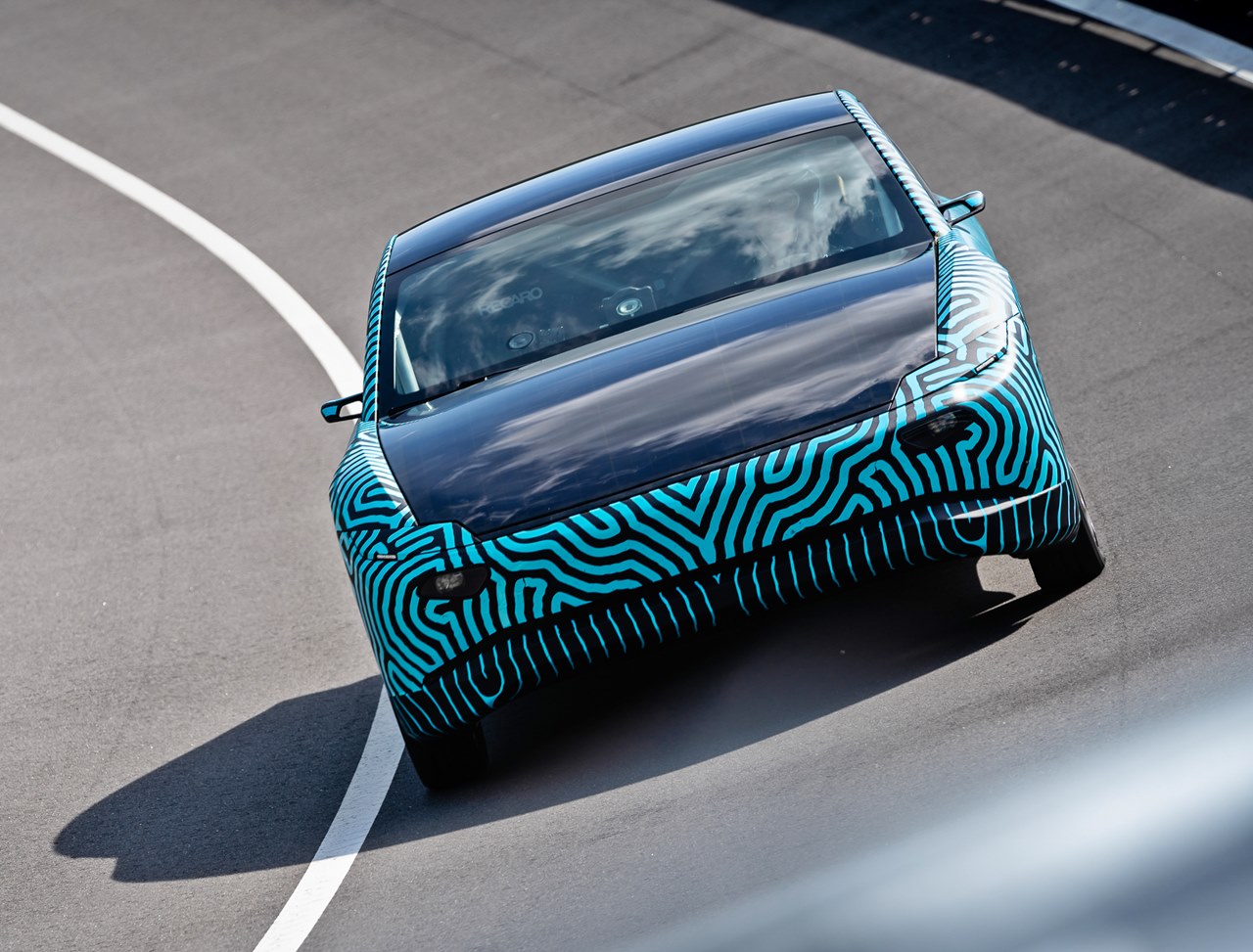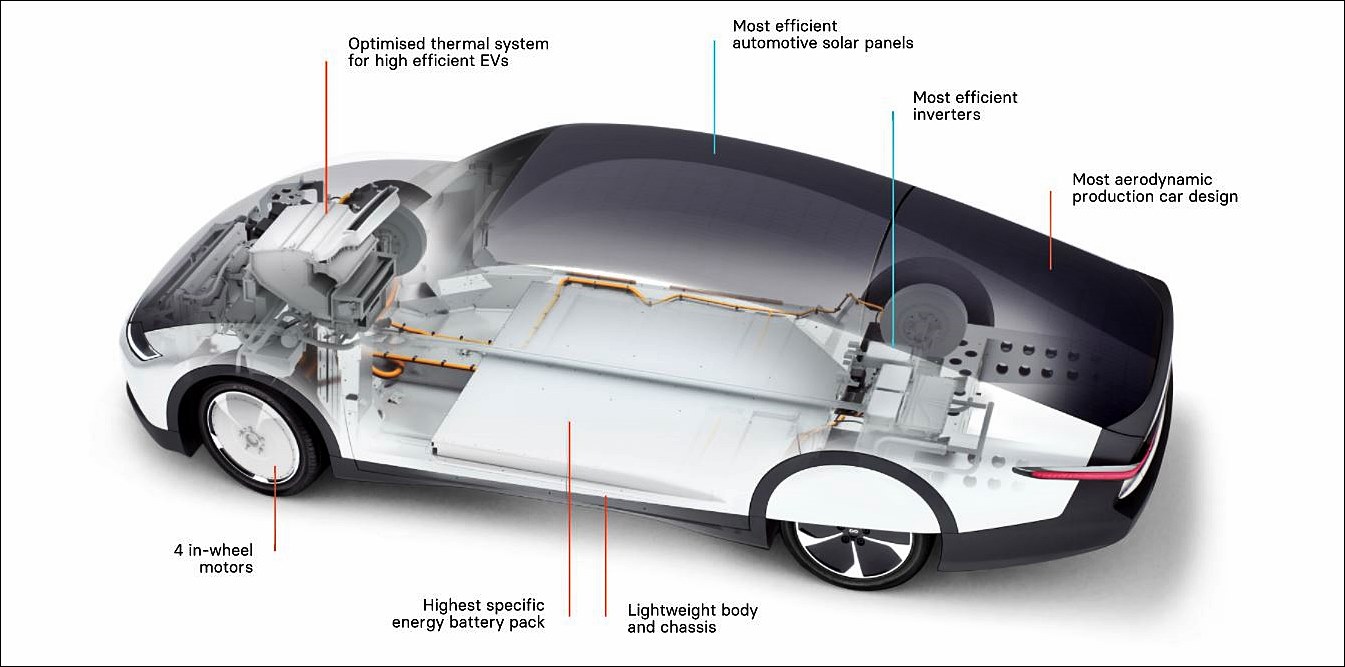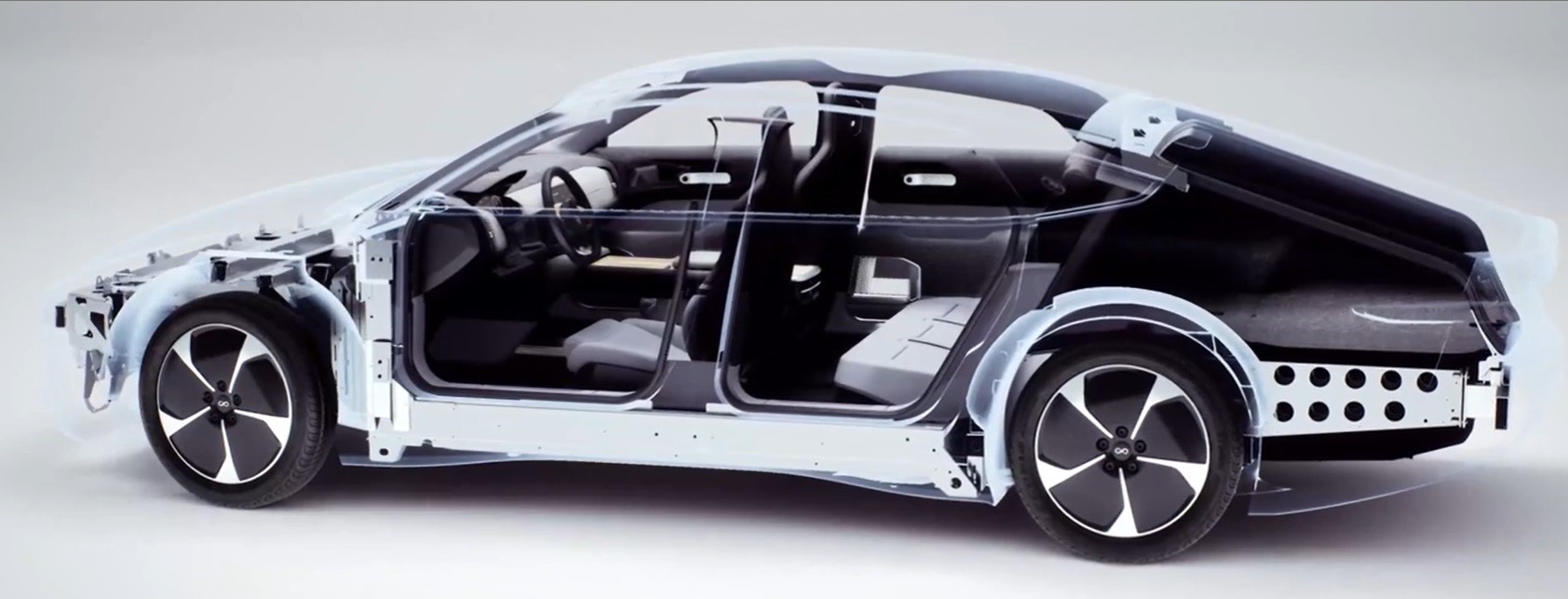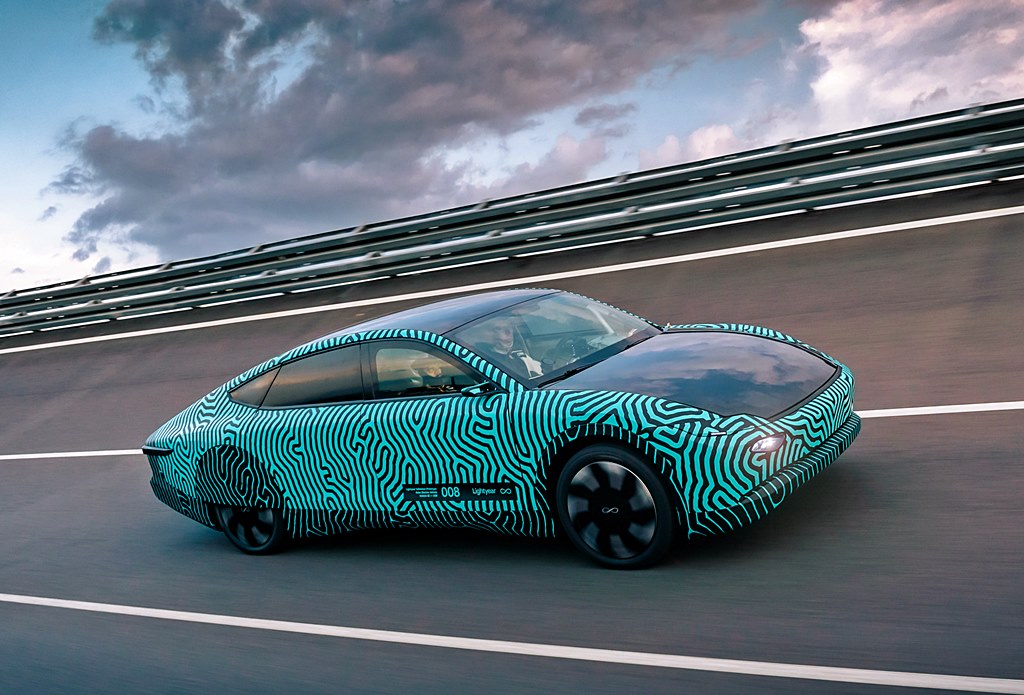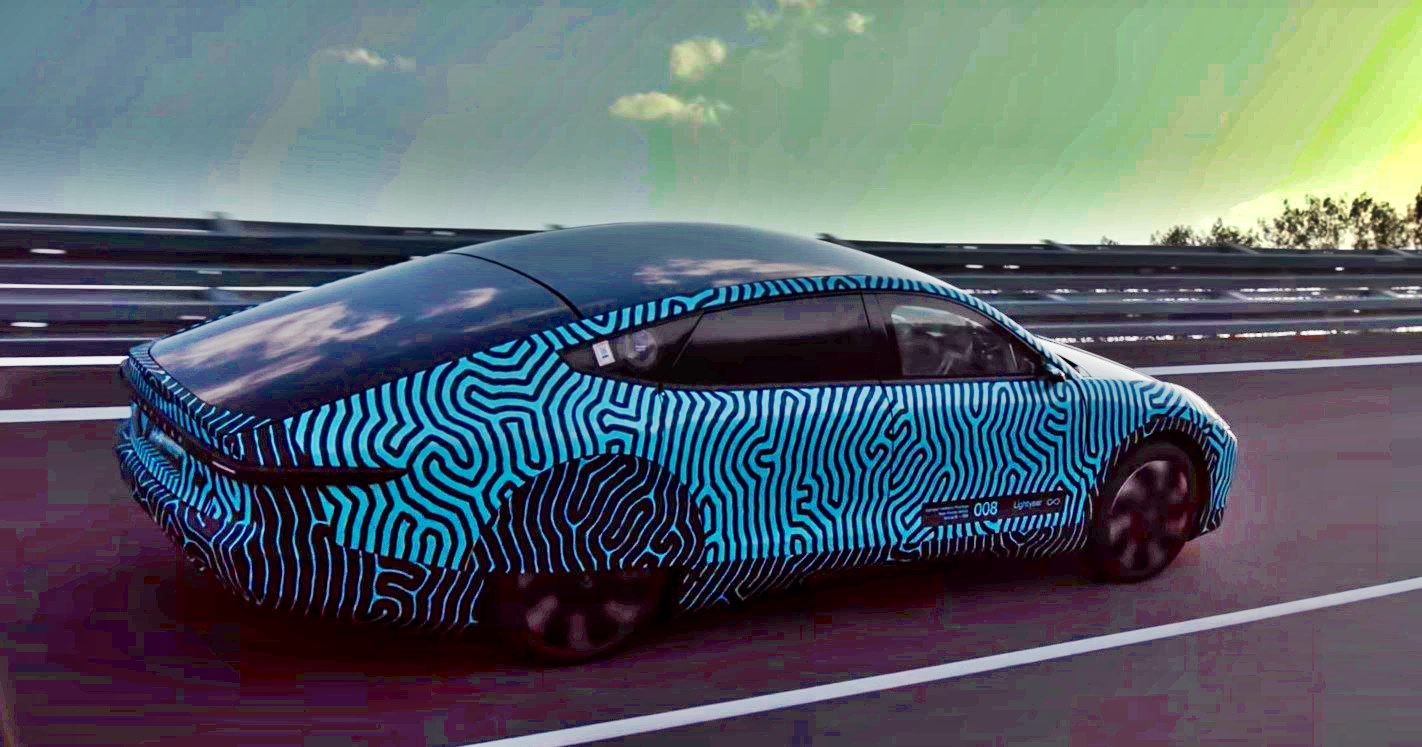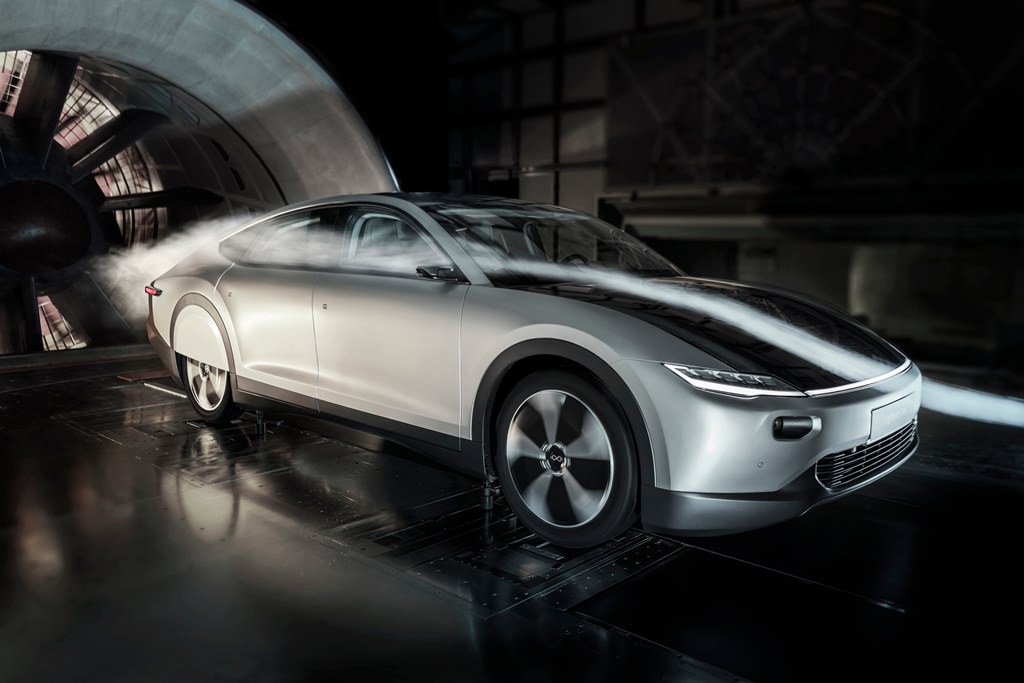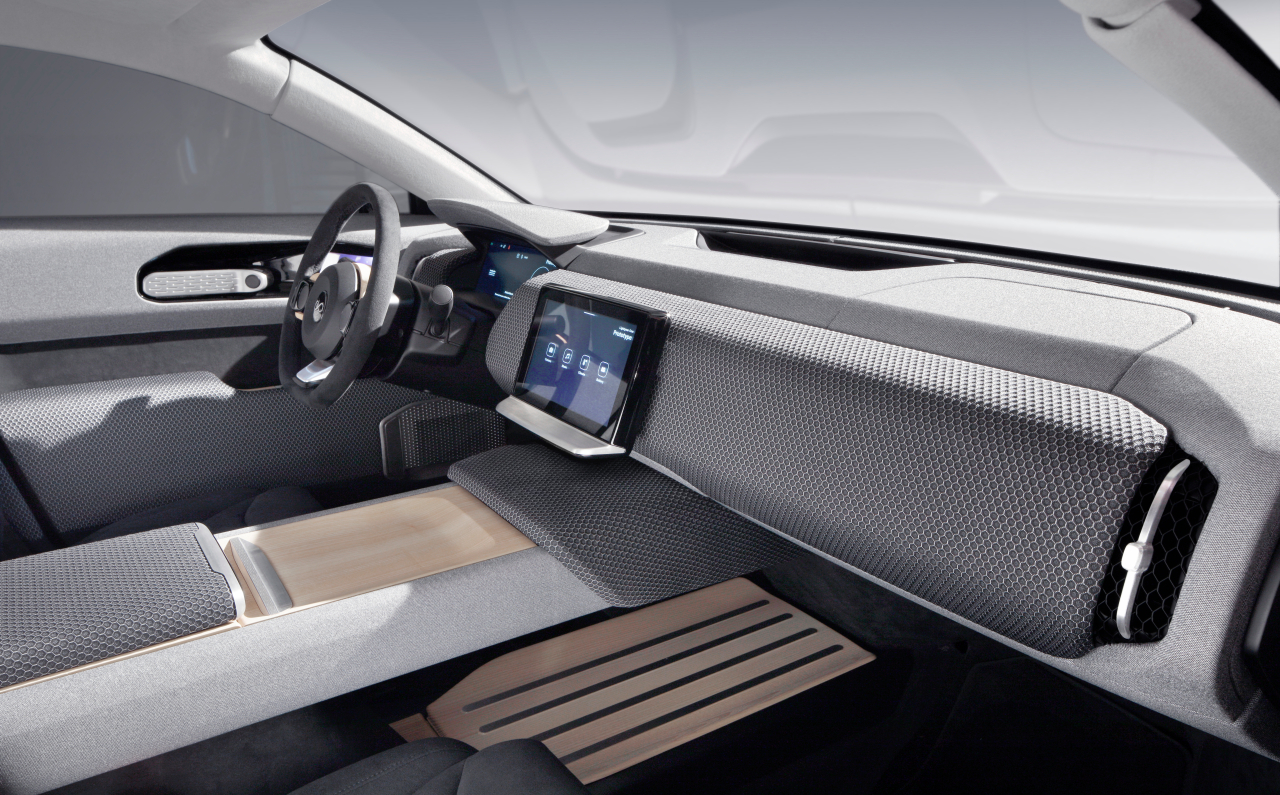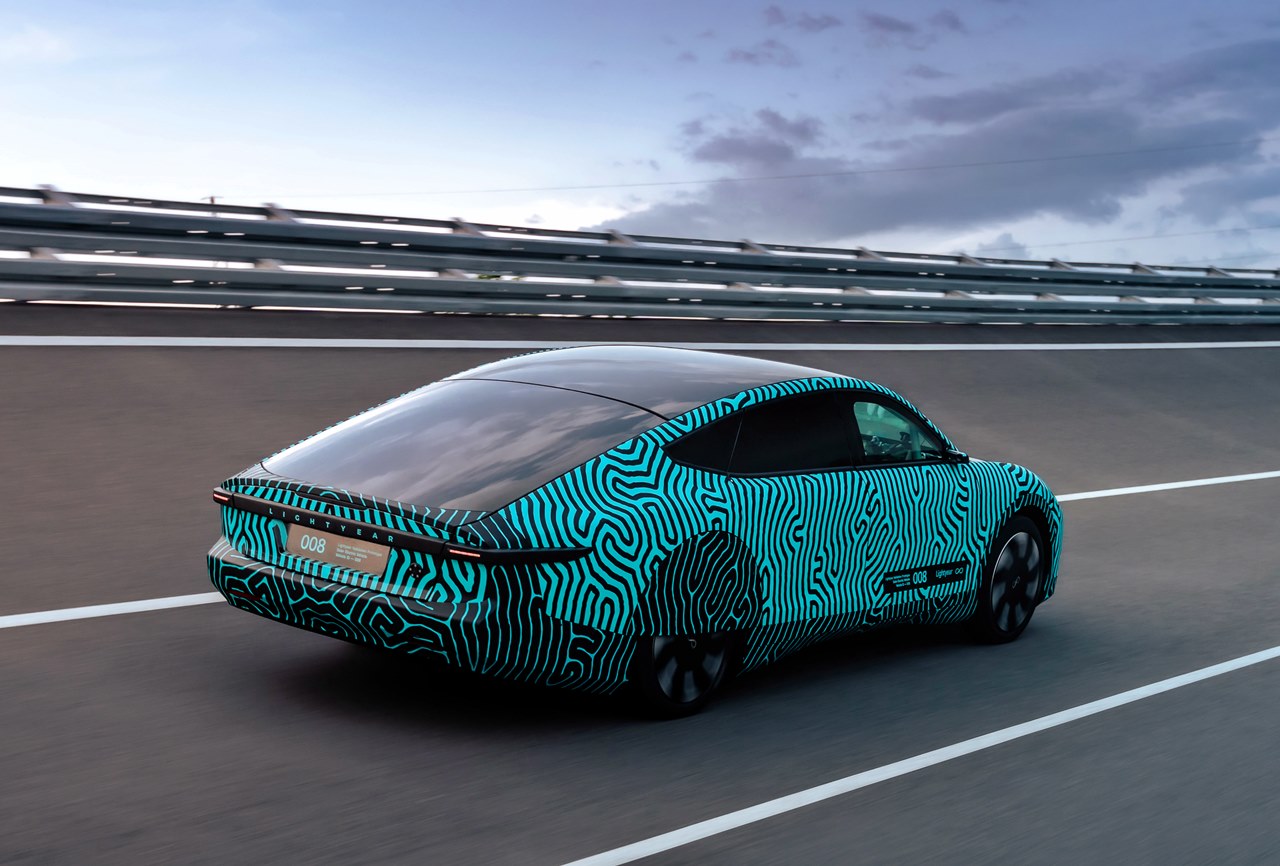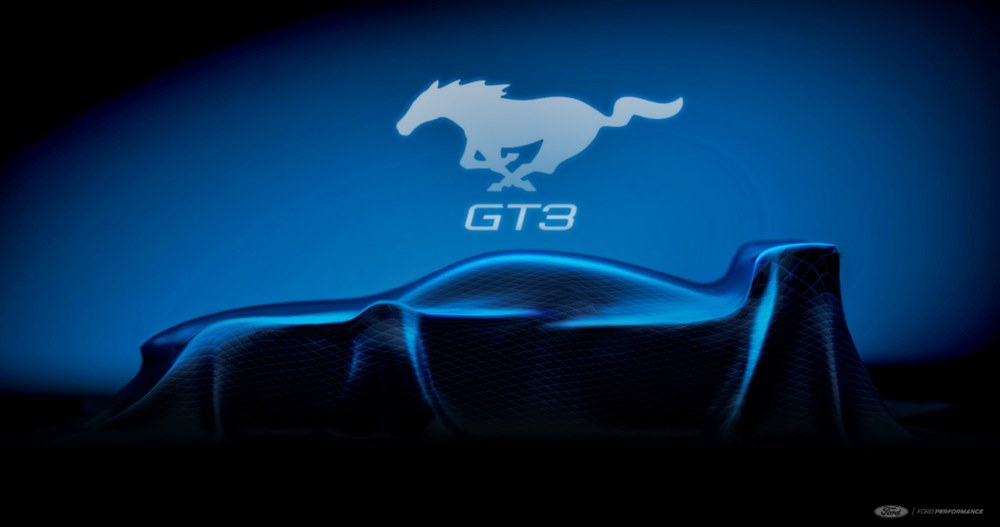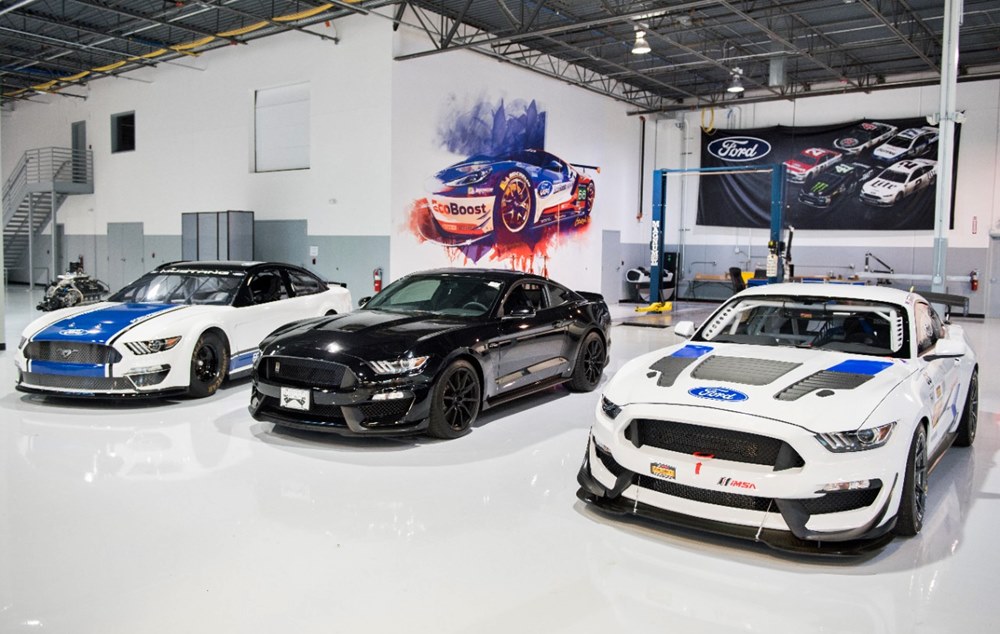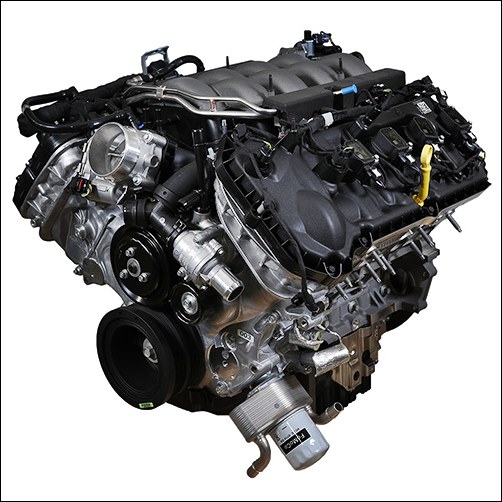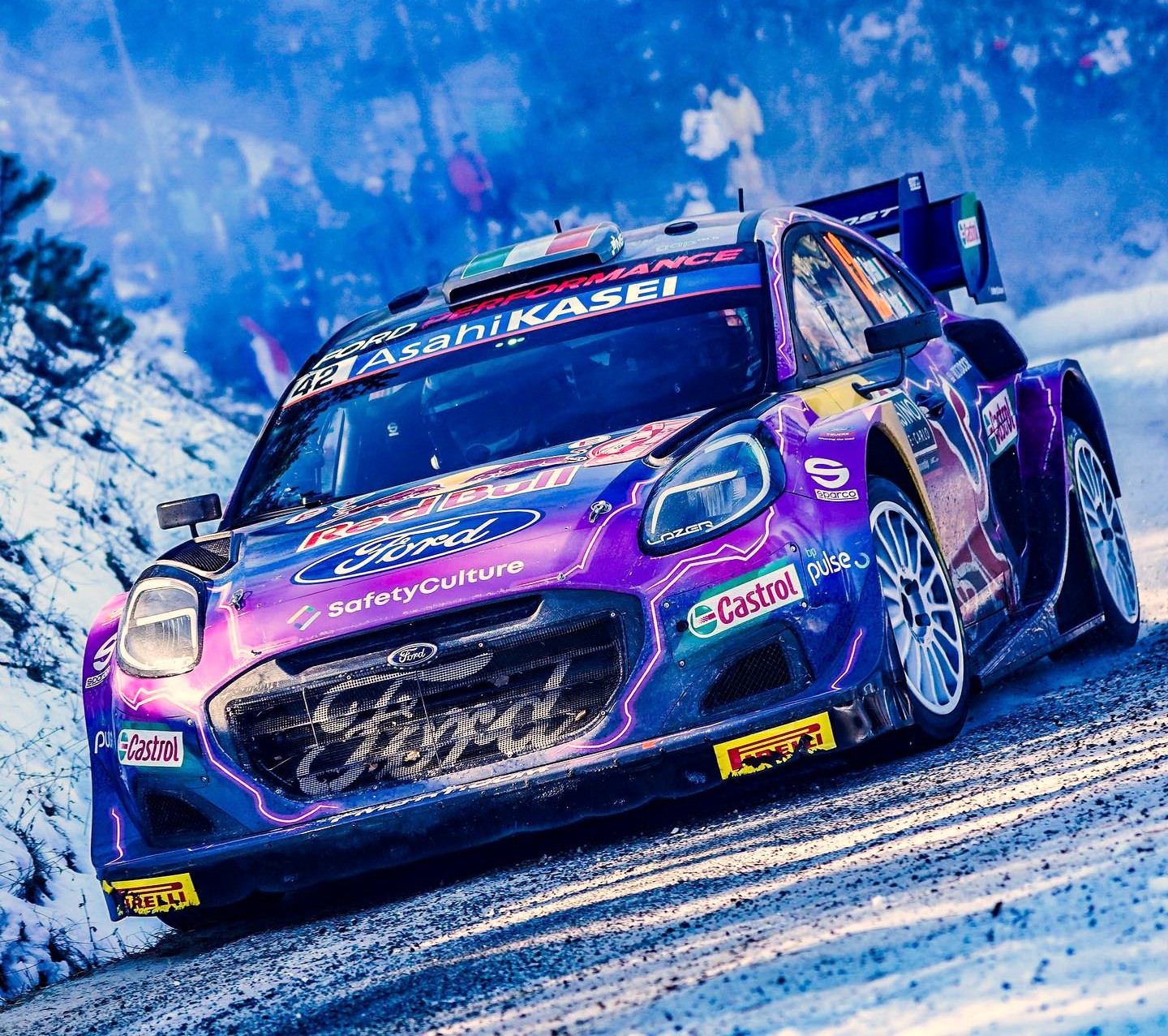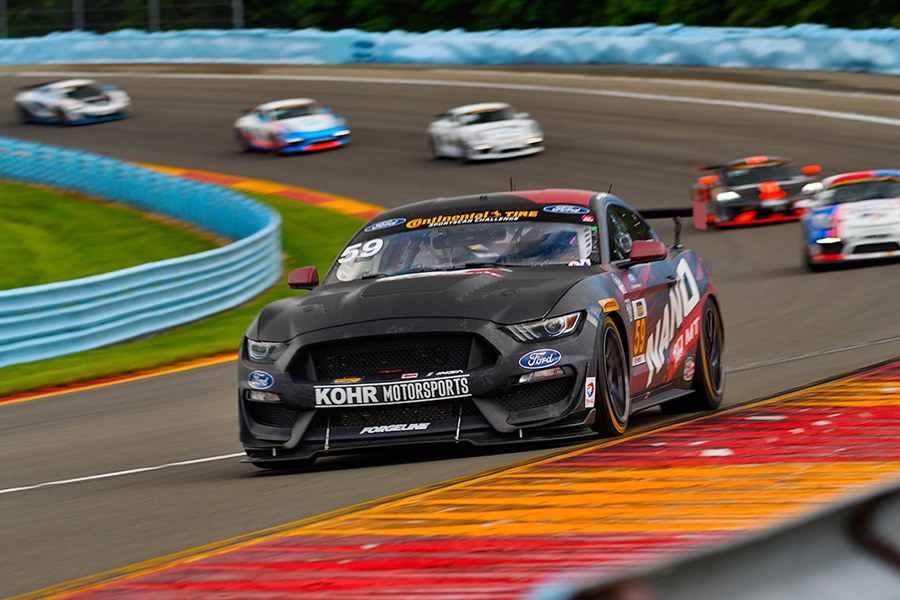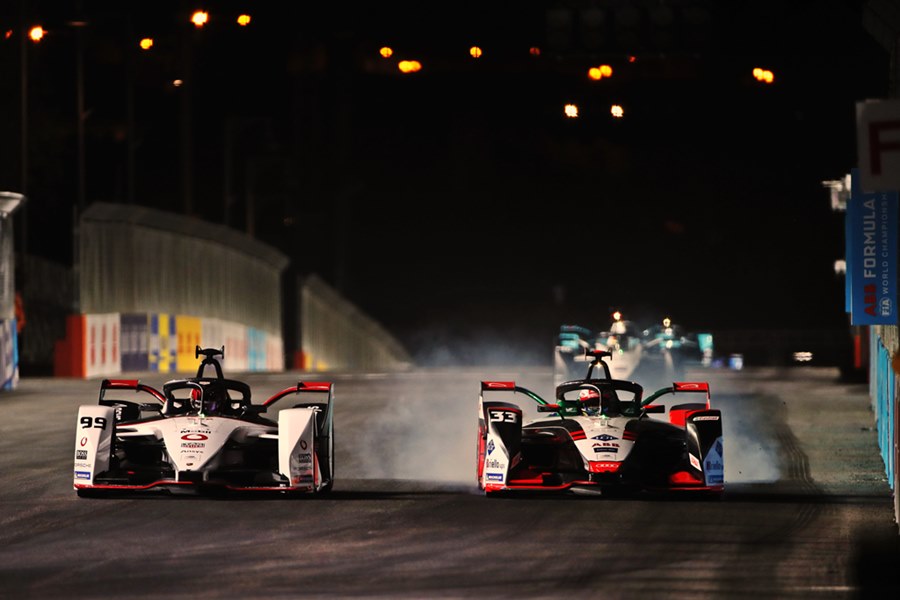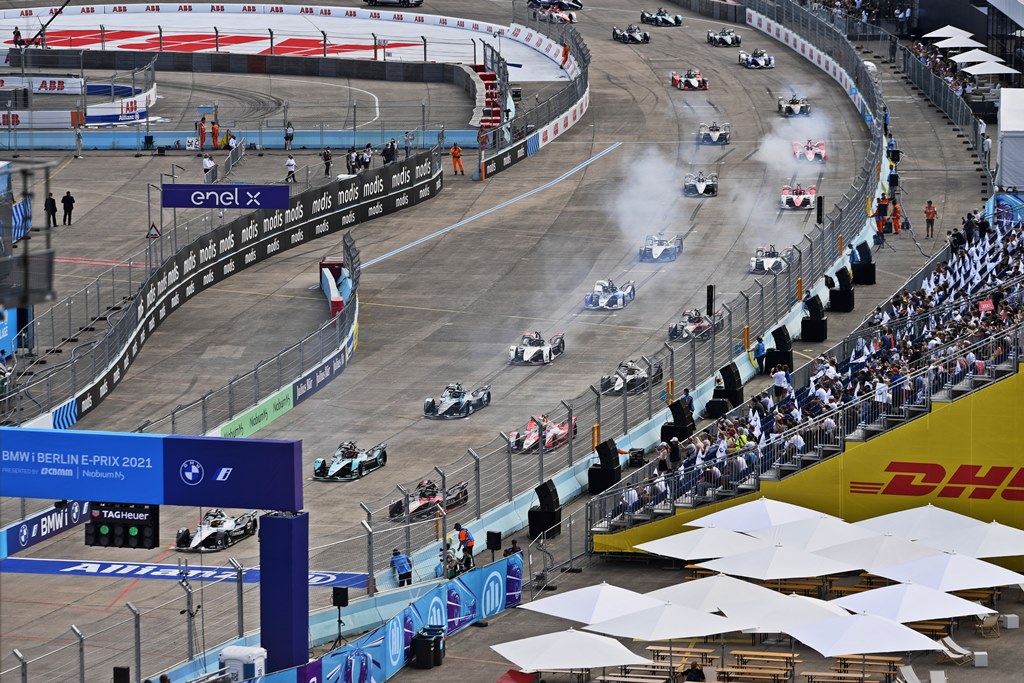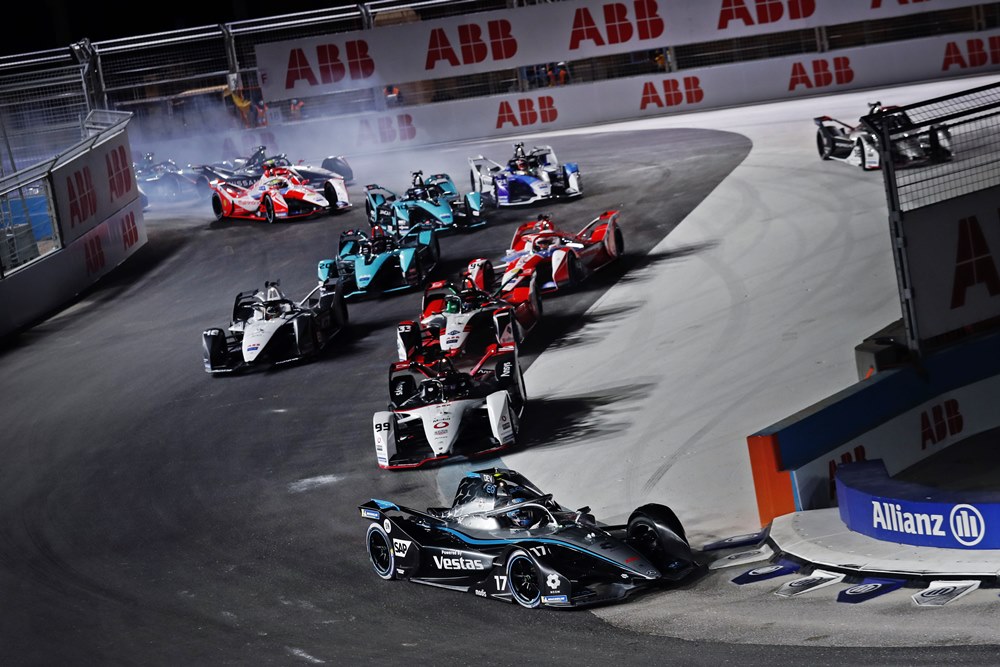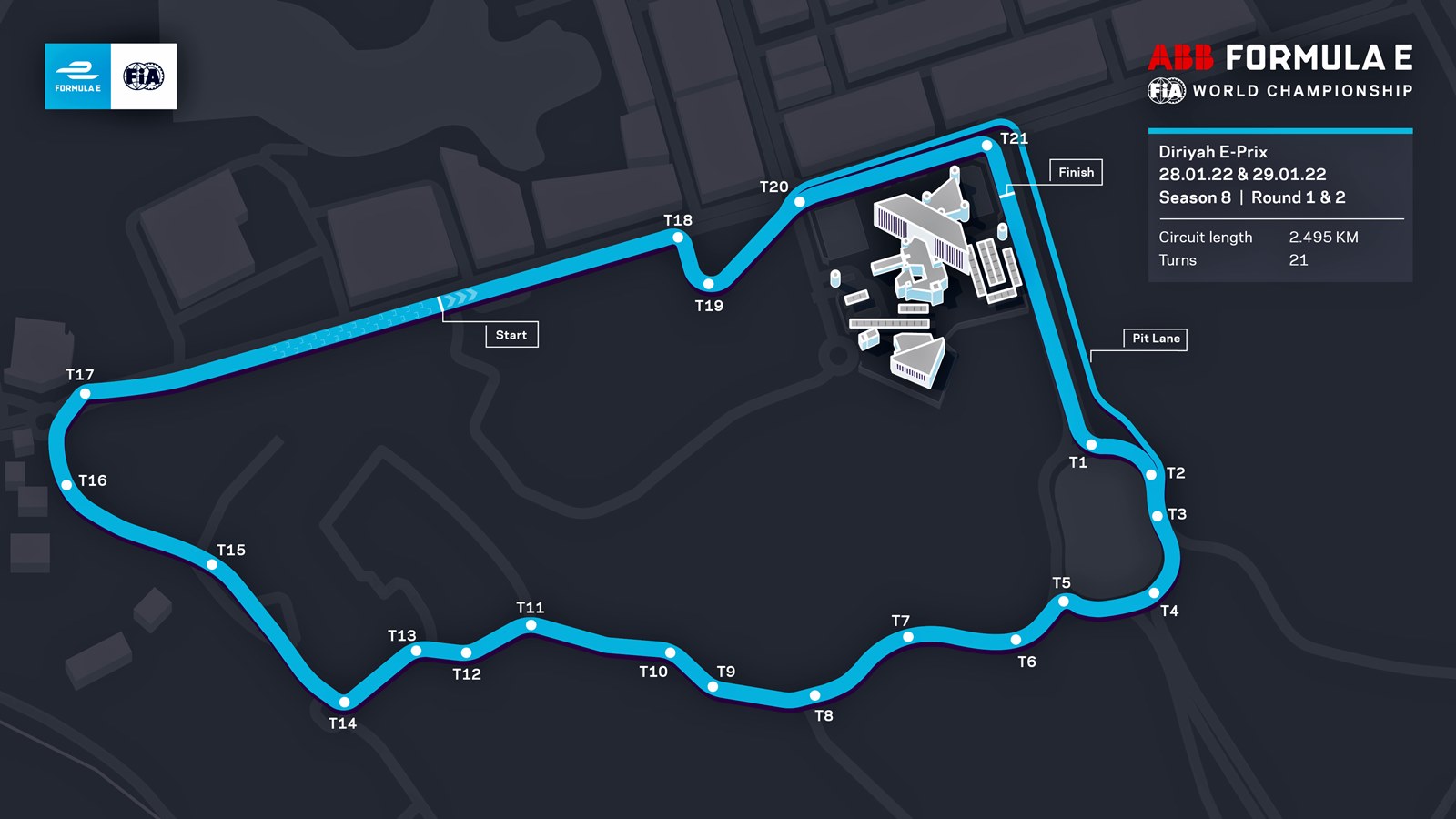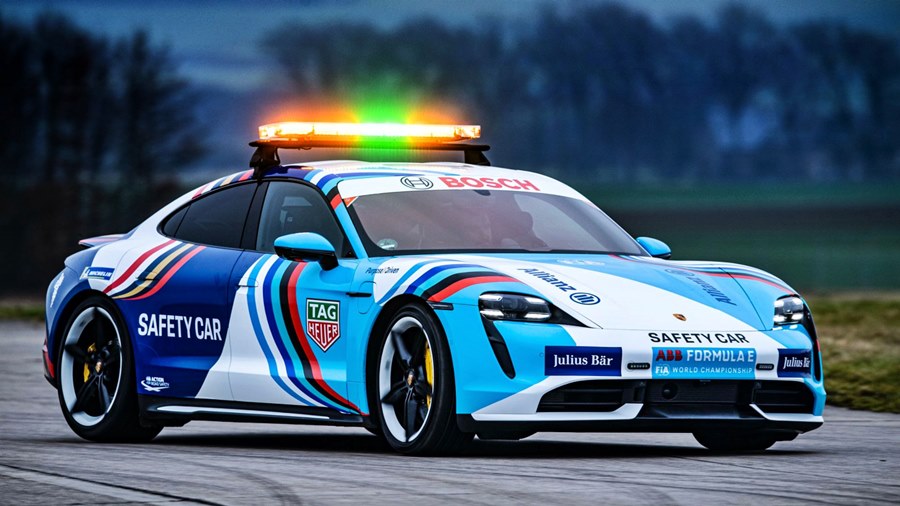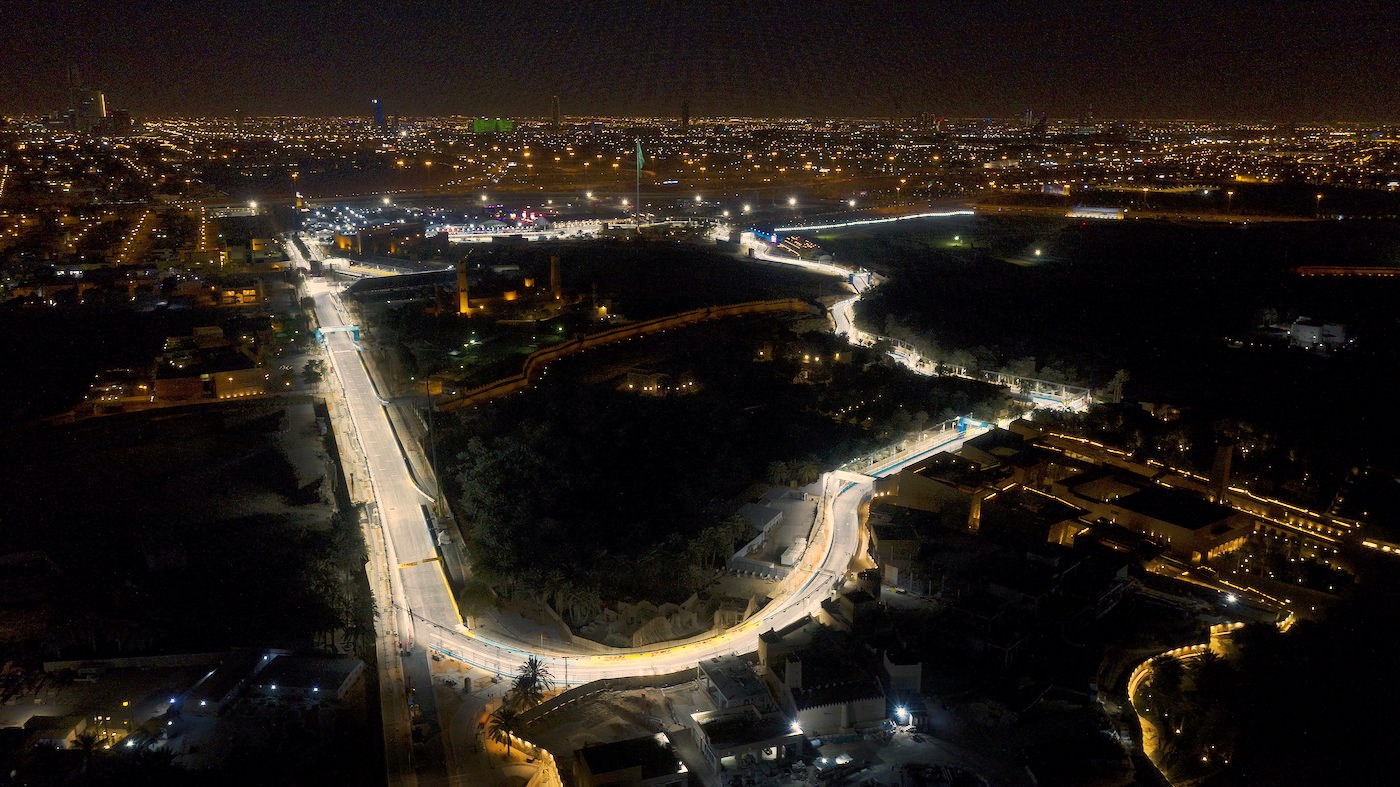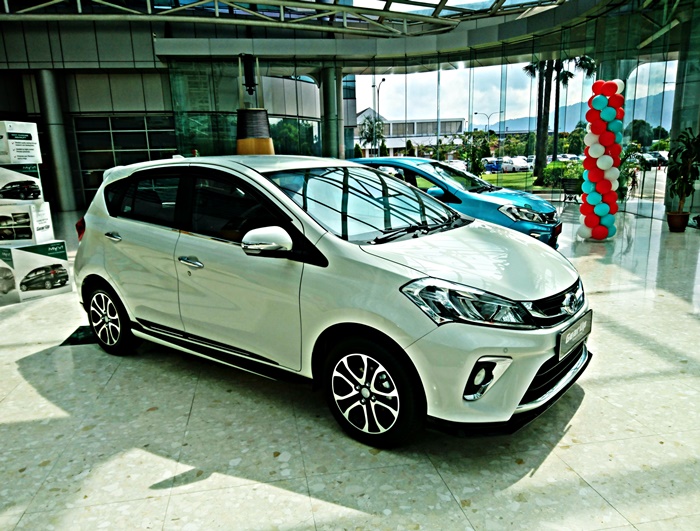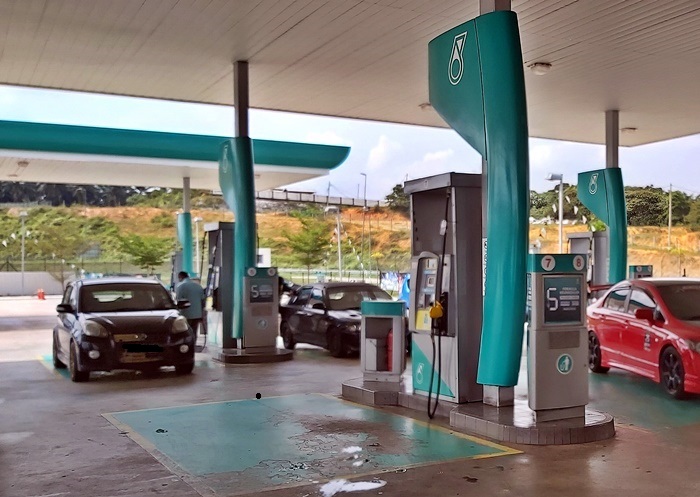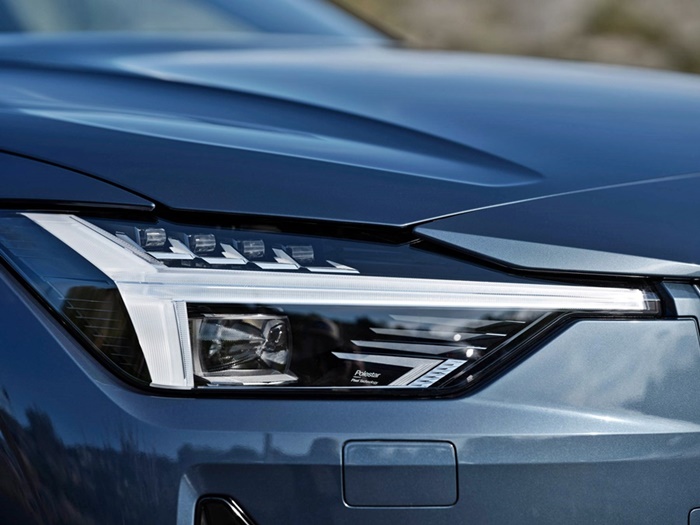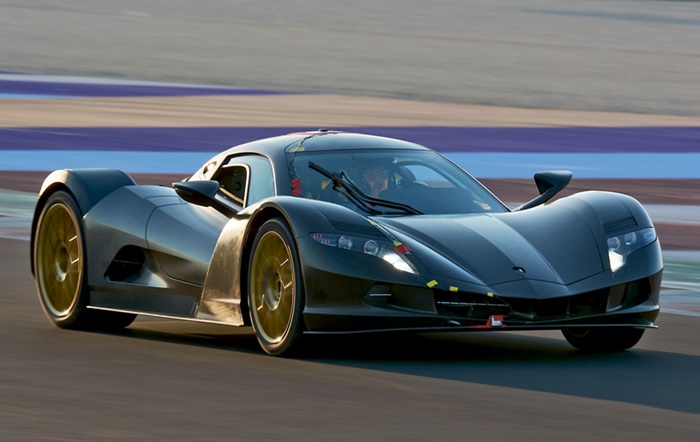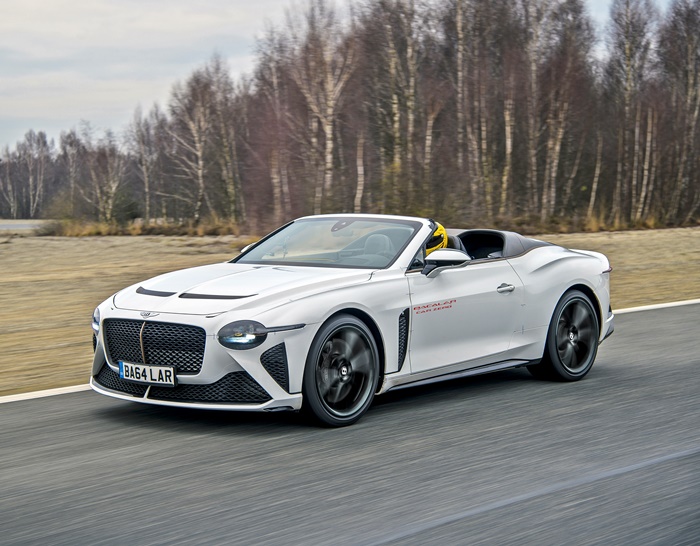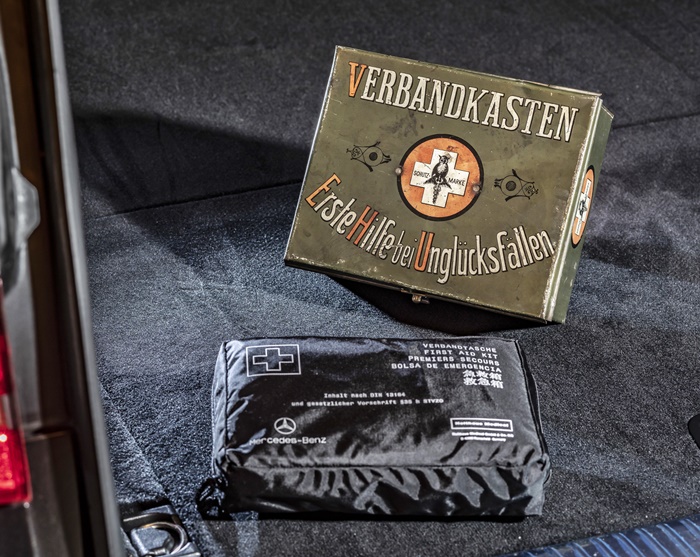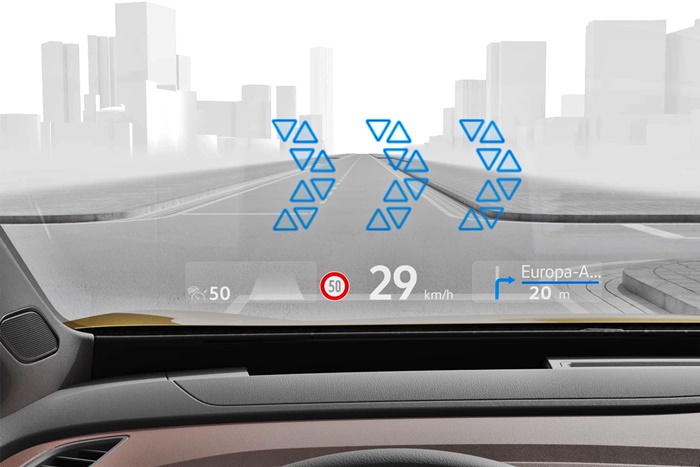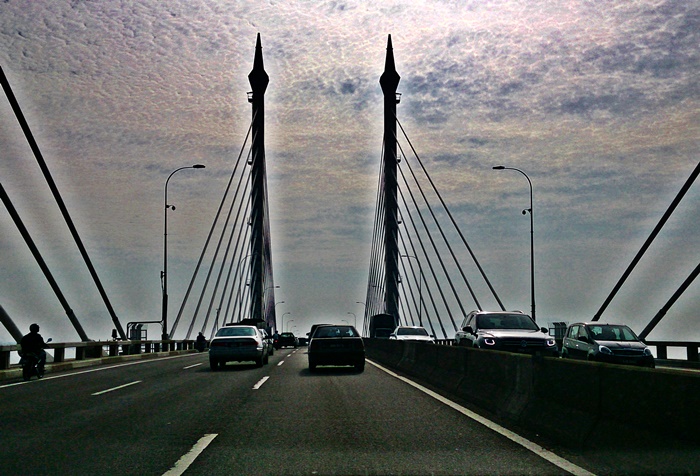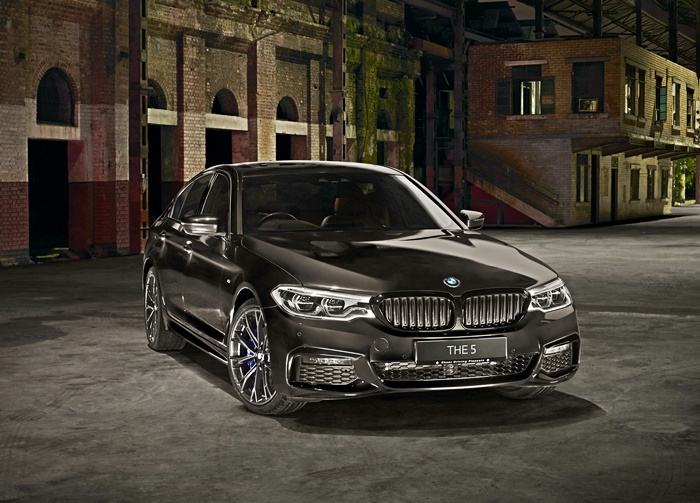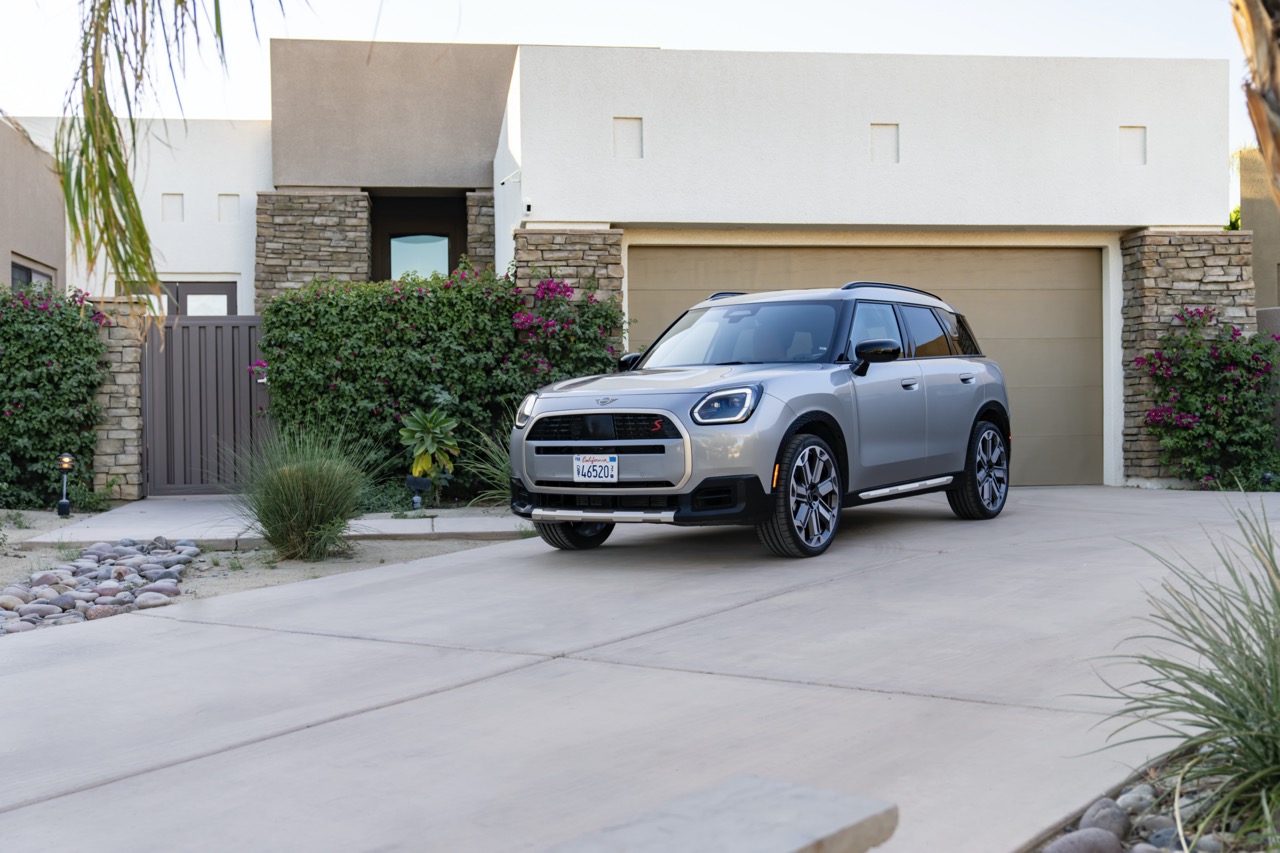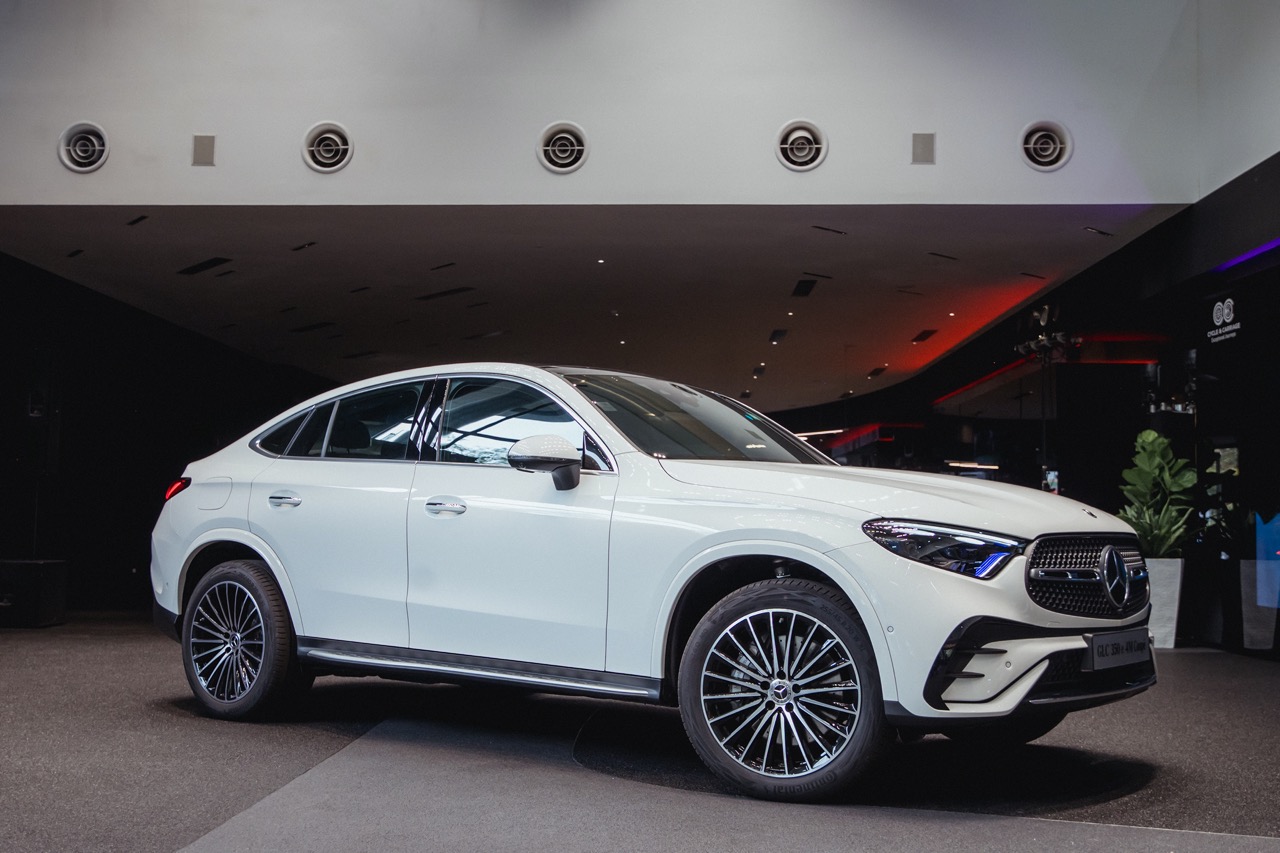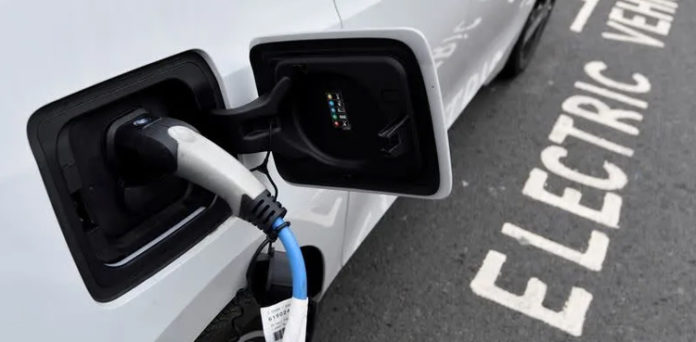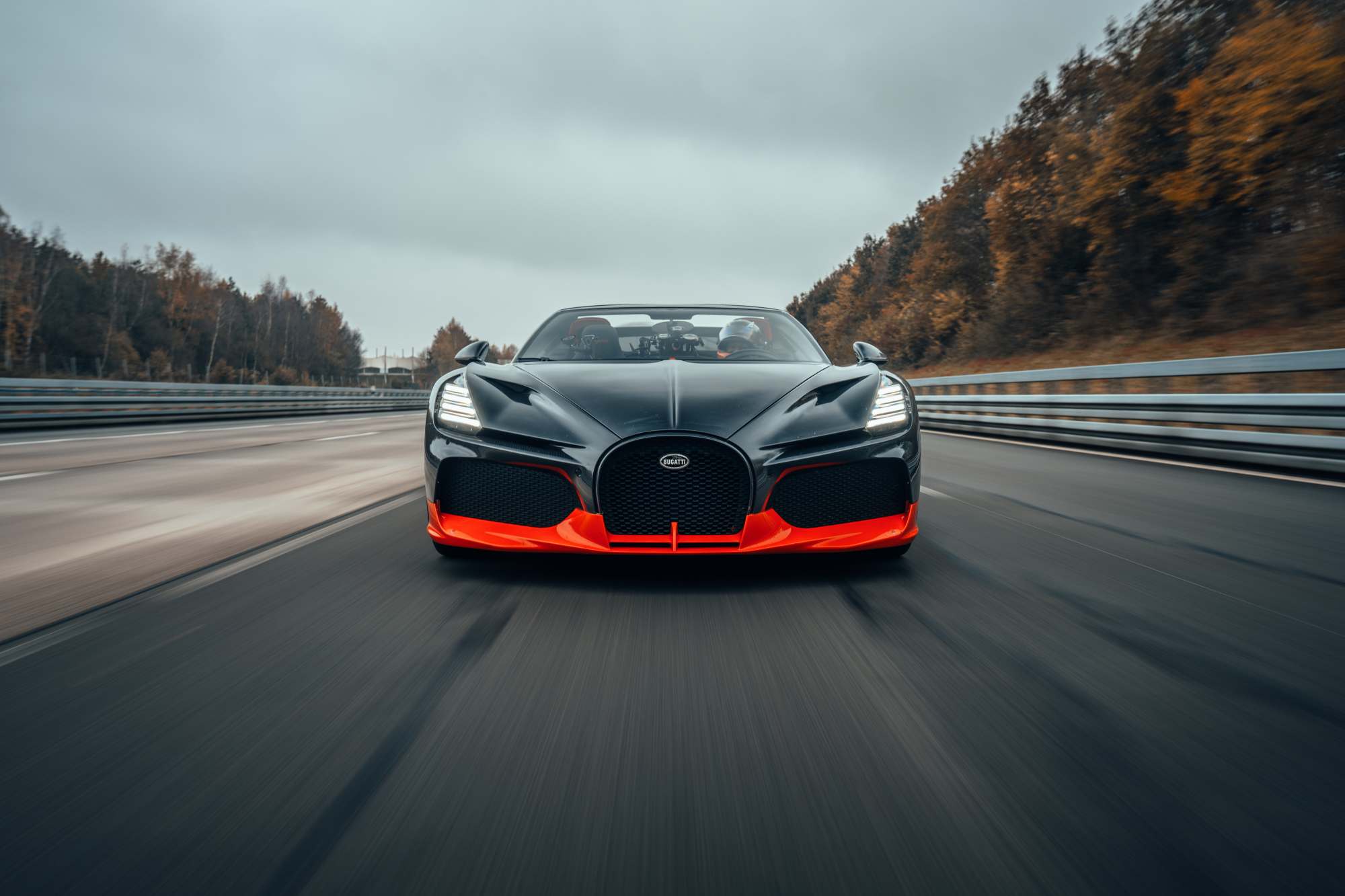In America, they call MPVs ‘minivans’ and in fact, that’s where these people-carriers started. In the mid-1980s, Chrysler came come out with a vehicle that could carry more people than a stationwagon and had the spaciousness of a van. It was actually an idea that Lee Iacocca and Hal Sperlich came up with when they were in Ford but Henry Ford II didn’t like the concept and then later fired both of them (for other reasons). Both men moved to Chrysler where they continued the project and introduced a new market segment that was so successful that it saved Chrysler from collapse.
Elsewhere in the world, the minivan idea caught the attention of other carmakers but they called it a multi-purpose vehicle (MPV) which emphasized its versatility in carrying people and cargo. MPVs quickly became a new segment, joining sedans, coupes, liftbacks, hatchbacks and stationwagons. They came in various sizes, big and small, just as with the SUVs that started appearing in the following decade.
Kia came out with its first MPVs in the late 1990s, a small one called the Carens and a big one called the Carnival. Both were popular in many markets and the Carnival was even adapted by Naza and sold as the Ria under its own brand in the 2000s. Although SUVs have since gained dominance in the company’s product lines, MPVs still have a place and the effort put into styling the Carnival’s fourth generation is no less than for the other models. In fact, Kia is even trying to reposition it higher up by referring to it as a ‘Grand Utility Vehicle’ (GUV?).
Large MPV with SUV style
The dimensions of the new Korean MPV give it an imposing presence on the road – slightly more than 5 metres in length and 2 metres wide. However, it’s not as tall as other MPVs and the styling is SUV-like with an upscale appearance. There is yet another interpretation of the ‘Tiger nose’, a familiar signature element in Kia models for some 15 years, which spans the whole width of the front end.
The detail is impressive with the integrated LED daytime running lights (DRLs), headlamps and grille, having a futuristic new look and unique light signature. The new Kia brand logo is also seen for the first time on a model in Malaysia, affixed to the bonnet and the rear door.
A key design highlight is its new ‘island roof’ design, with blacked-out A and B-pillars beneath a body-coloured roof. An eye-catching new C-pillar signature design also stands out, with a chrome fin bearing a subtle diamond pattern. Another element of the SUV-inspired design is the metallic lower skidplate at the rear.
The monolithic form is also aerodynamically efficient and little details along the sides keep airflow smooth for less drag. The underside is also largely closed off so air rushing through underneath does not become turbulent as it encounters openings in the floorpan.
The new body sits on a new midsize Hyundai Motor Group platform that has a longer wheelbase of 3090 mm and the structure has had a lot of engineering improvements to strengthen rigidity. There’s expanded use of hot-stamped parts as well as ultra high-tensile steel and cold-rolled steel.
Progression towards a more premium image
Like the exterior, the inside of the Carnival shows another progression towards a more premium image. The finishing is impressive and the materials have a high-class feel and look. Some new models have gone fully digital and touchscreen for everything and it is not always practical. In the case of the Carnival, the interior designers provide different adjusting methods that are more sensible.
For example, a rocker switch is used for temperature adjustment (individual for left and right sides) which is a lot better than a touchscreen which you need to look and pinpoint your finger on – not so good while driving. For the blower speed and switching between recirculating and fresh air mode, there are pushbuttons and for tuning the radio, a rotary knob is used.
The 12.3-inch touchscreen is the command centre for the infotainment system where you might need to just touch an icon once to activate an app. The system is Apple CarPlay and Android Auto ready so compatible smartphones can easily be connected and the popular apps operated from the display.
The 11-seater cabin
The lengthened wheelbase means a more spacious interior and there’s space for up to 11-persons in the massive cabin. That ‘11-seater’ is mentioned gives it an image of being a minibus though it is far from that! The 4-row/11-seat layout is available when really needed but it is likely that the Carnival will be used as a 7-seater at most with the fourth row folded into the floor. For smaller groups, it can even be configured with four individual rear seats (generously-sized) and a passage between them which can be filled by a table that appears when the middle seats are folded.
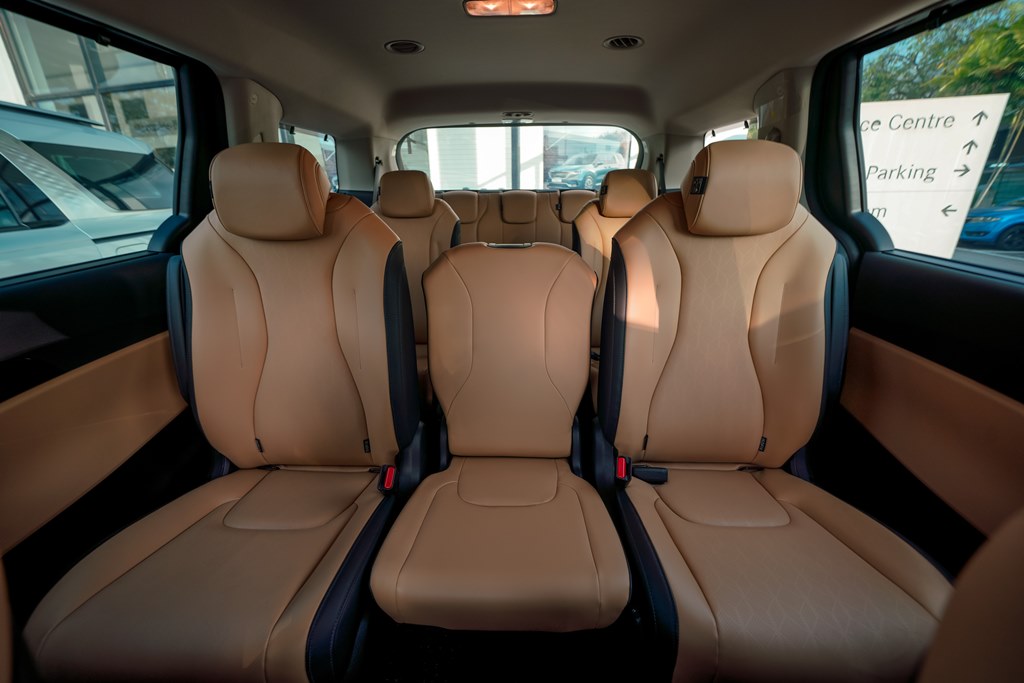
Each seat has 3-point seatbelts and the air-conditioning is well designed to ensure that the last row gets cool air as well. A separate control unit is provided for the rear occupants to adjust their environment for a more comfortable journey.
The Carnival comes with two side doors which are motorized and are ‘smart’ because they can open automatically when you stand next to them (or you can press the key fob button) . To avoid accidents when getting out, the sensors that are used for the blind spot detection are also used to detect vehicles approaching. If a vehicle detected and the door is about to be opened, its operation will be stopped. This is a great safety feature, especially for those with kids who may be eager to rush out when the vehicle is stopped.
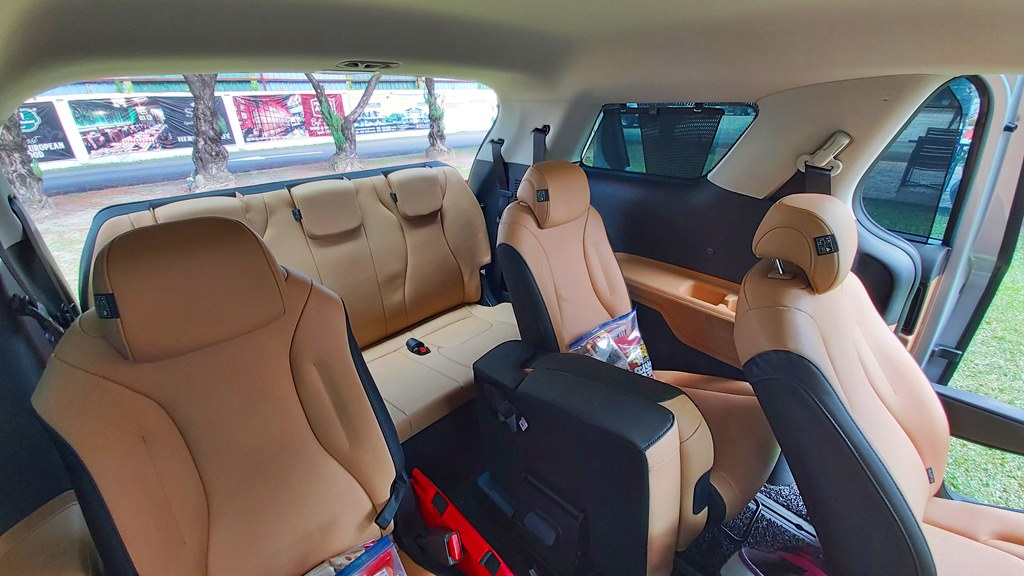
The back door also has the smart sensing feature which opens it automatically upon approach. While it is certainly a convenient feature, it might not be practical in certain situations. For example, if you are parked near a wall and the door starts to open by itself (when you are nearby), the door may hit the wall or worse, trap you against it! Perhaps the system should detect if there is a wall and deactivate the automatic opening. Or better still, just deactivate the feature in the settings and use the button on the key fob.
Both the front seats have 8-way power adjustment with the driver’s seat having lumbar adjustment as well. The seating position is such that the driver can have a commanding position which is important given the size of the Carnival. In fact, on our drive, we had a rather small-sized person who was not intimidated at all by the vehicle’s size and found easy to drive.
Individual safety systems
The latest Carnival comes with a long list of active safety systems but it doesn’t have a suite with a fancy sounding name like many of the new models introduced lately. Besides the airbags at the front, all the side windows have curtain bags which will deploy if the vehicle is hit from the side and by covering the openings, there is reduced risk of someone being ejected if the accident is a violent one.
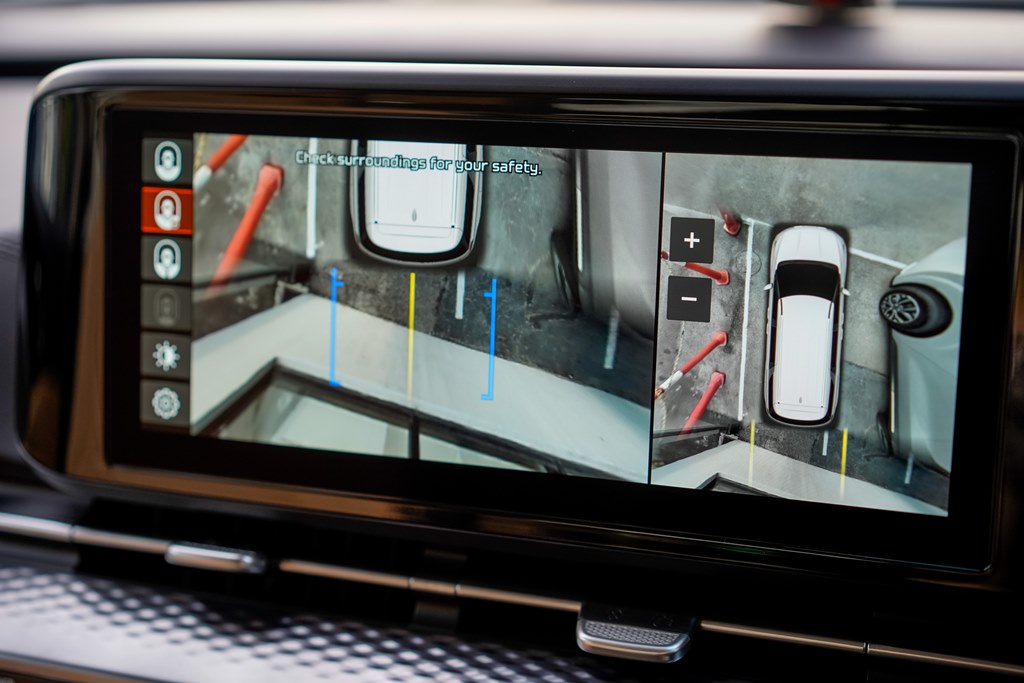
An interesting safety system is Multi-Collision Brake Control (MCBC) which reduces the severity of a secondary impact if it occurs after a collision. This can happen after the vehicle is hit and the driver may no longer be in control. When activated, the system measures vehicle speed and any changes of direction, applying the appropriate level of braking force to bring the vehicle to a stop. It may also use the electronic stability control system in some cases but will not activate if the speed is very high as automatic brake intervention at high speeds could cause undesirable vehicle reactions.
Driving impressions
The Carnival imported to Malaysia (and which will be assembled locally in future) comes with only a turbodiesel engine that runs on Euro5 (B7) fuel. This is the new 2.2-litre Smartstream unit that has an aluminium block which saves 38 kgs compared to the previous engine with a cast iron block. It generates 199 bhp with maximum torque of 440 Nm available from 1,750 rpm to 2,750 rpm. The strong low-end torque at the front wheels will be appreciated when the 2,000-kg MPV moves off.
Kia has fitted a conventional torque converter automatic transmission and it has a good choice of 8 ratios well matched to the relaxed engine’s characteristics. A rotary knob (with a high quality finish) on the centre console is used for selecting the main operating modes with a PARK button in the middle. The driver can choose drive modes for more acceleration or better economy but we found that the default mode is a good balance and there was no real need to use the other modes.
On the move, the size of the Carnival becomes less apparent the longer you drive it. Thanks to the nicely-weighted motor-assisted steering, the vehicle is easy to maneuver and it doesn’t wallow in corners either. The size and weight became advantageous on highways where there is good stability and the vehicle sits firmly on the road at high speeds. The long wheelbase also smoothens the ride quality although those in the rearmost row will tend to feel bumps a bit more noticeably.
For now, the Carnival imported in completely built-up form from Korea is priced at RM196,340.80 (without insurance, Peninsular Malaysia registration). You have a choice of 6 colours, and Dinamikjaya, the new distributor, offers a 5-year vehicle/100,000 km warranty and during the first 5 years (or maximum of 100,000 kms), scheduled maintenance will be free.
It’s no secret that the Carnival will be assembled locally at the Inokom plant in Kedah later this year. And the assembly operations will be managed by Kia Malaysia, which Kia Motors has majority share in. Naturally, when assembled locally, the price will be lower and if Dinamikjaya can maintain a similar level of equipment and features, the Carnival should be a worthwhile buy for those wanting a large MPV. As we said earlier, don’t let the ’11-seater’ description be a turn-off as the extra seats can be out of sight (though not removed).
Kia Malaysia reveals 5-year plan with 61% of local production to be exported


